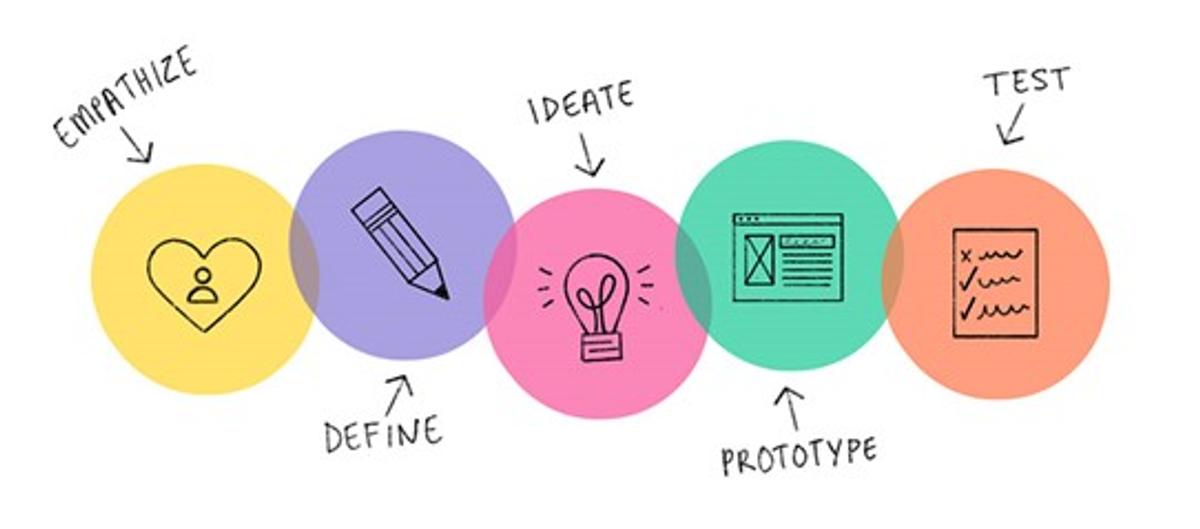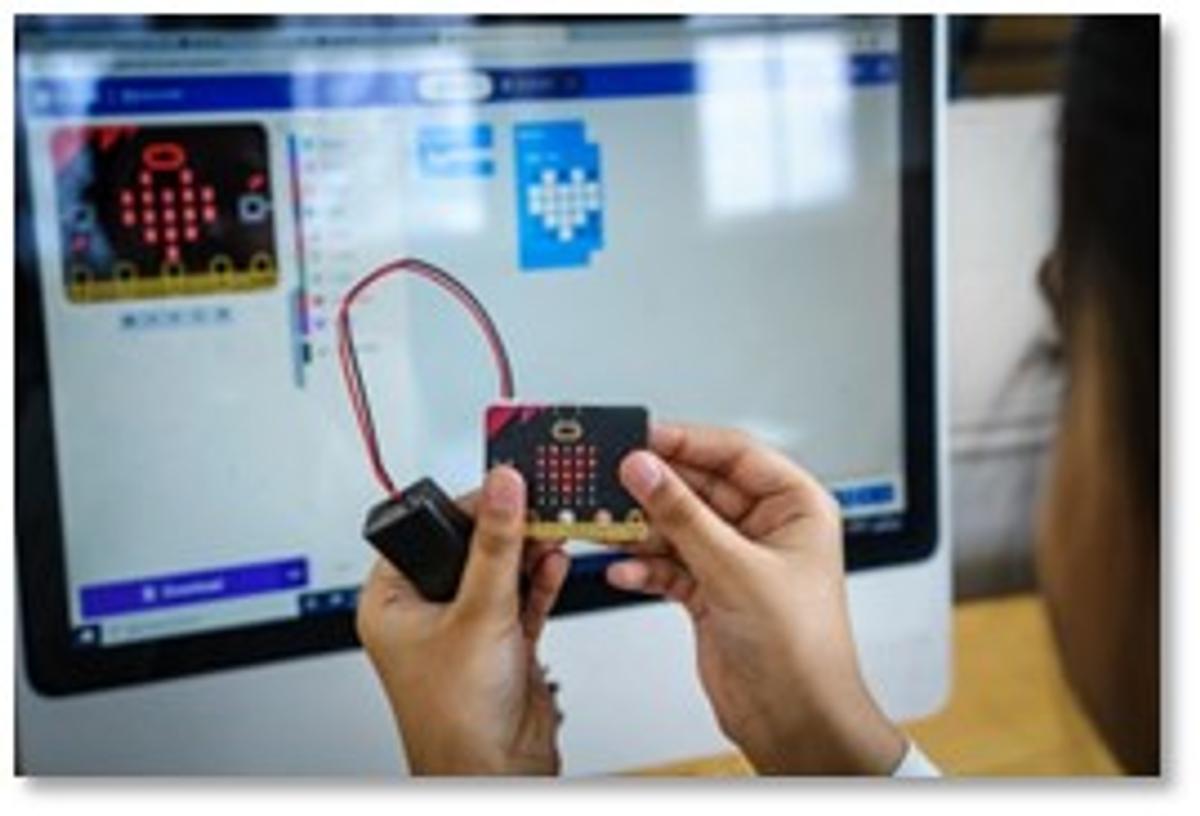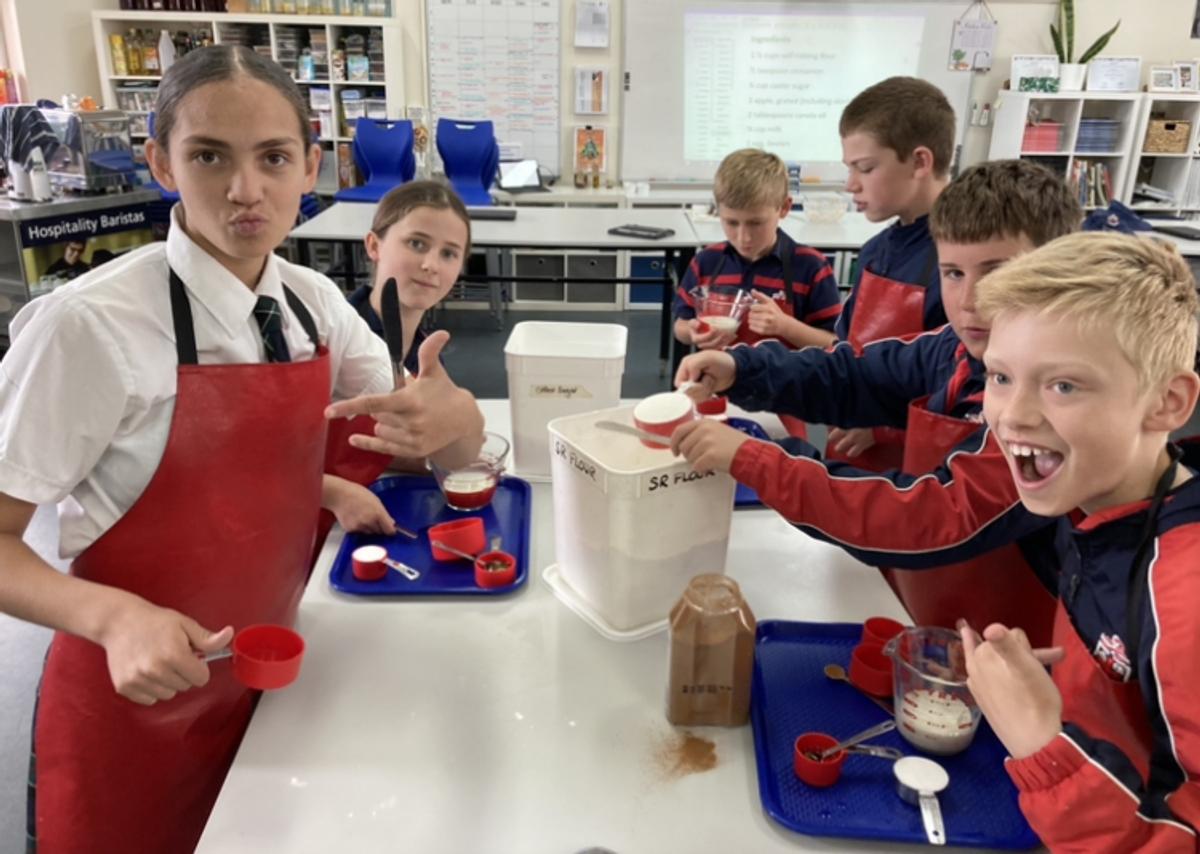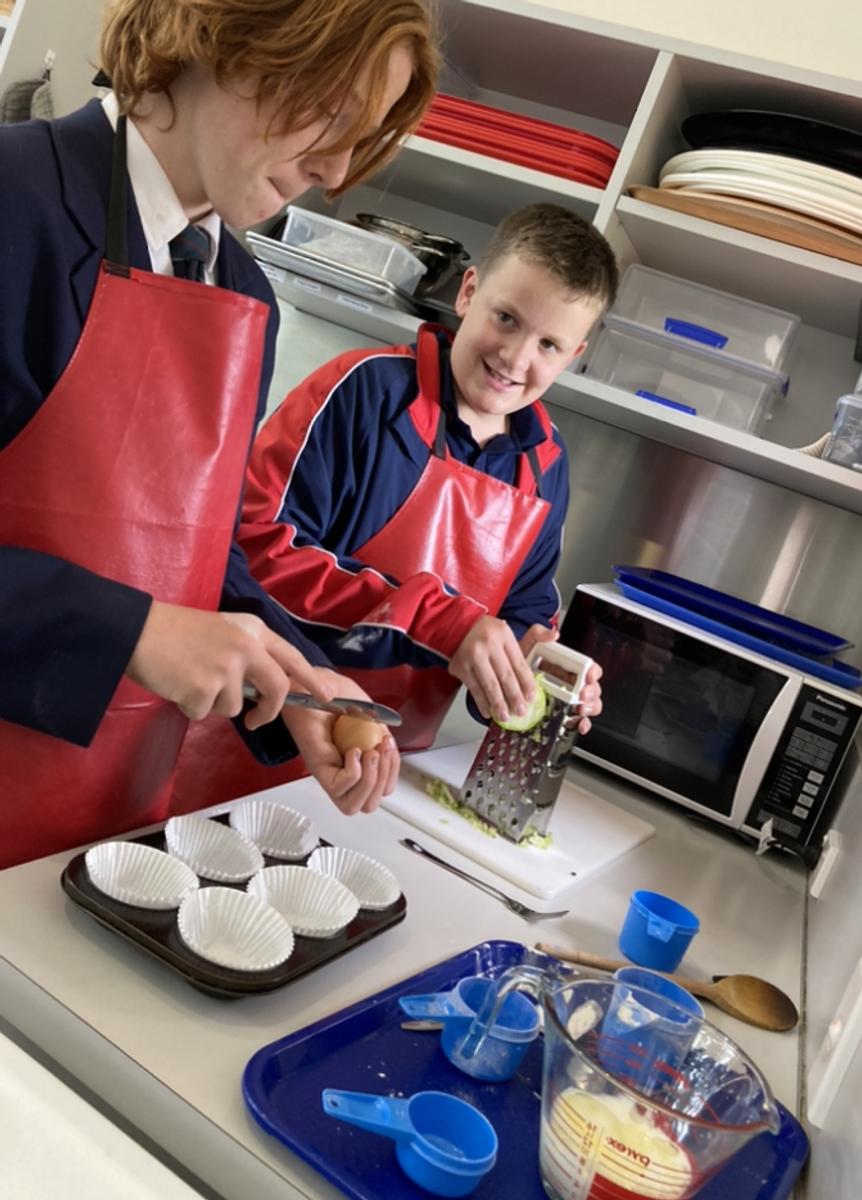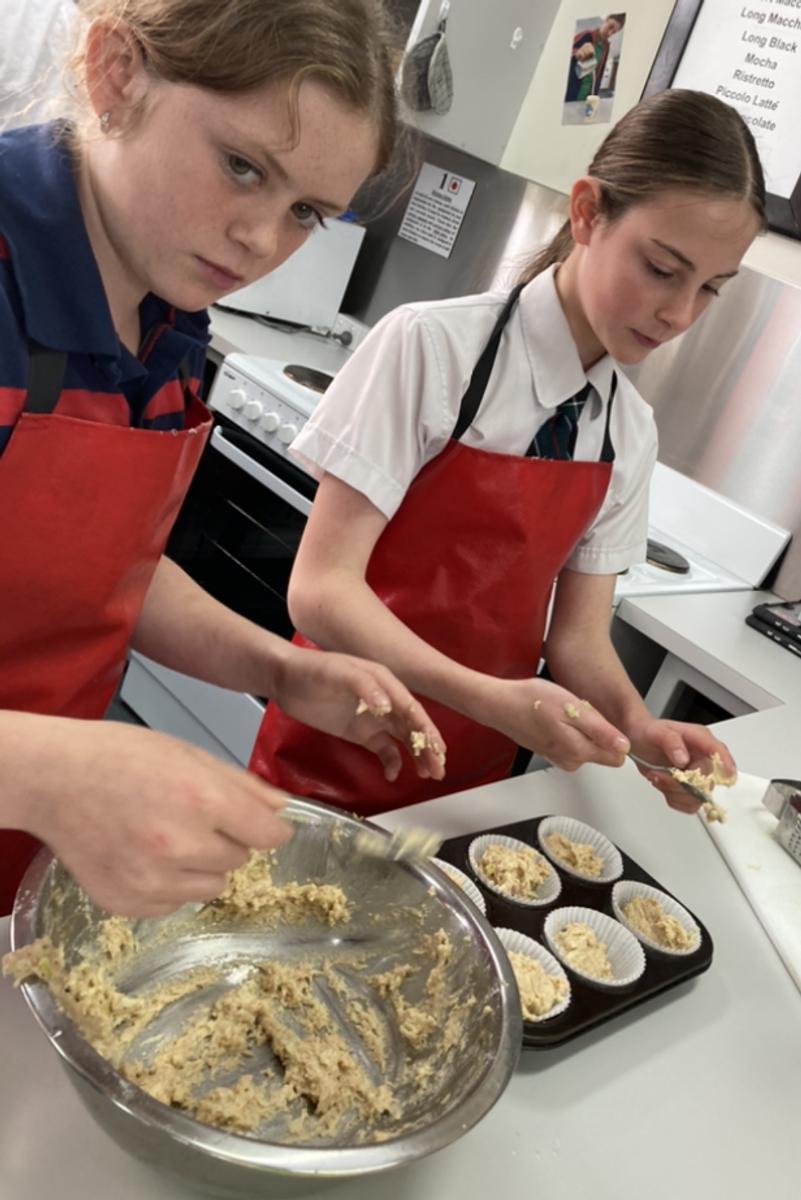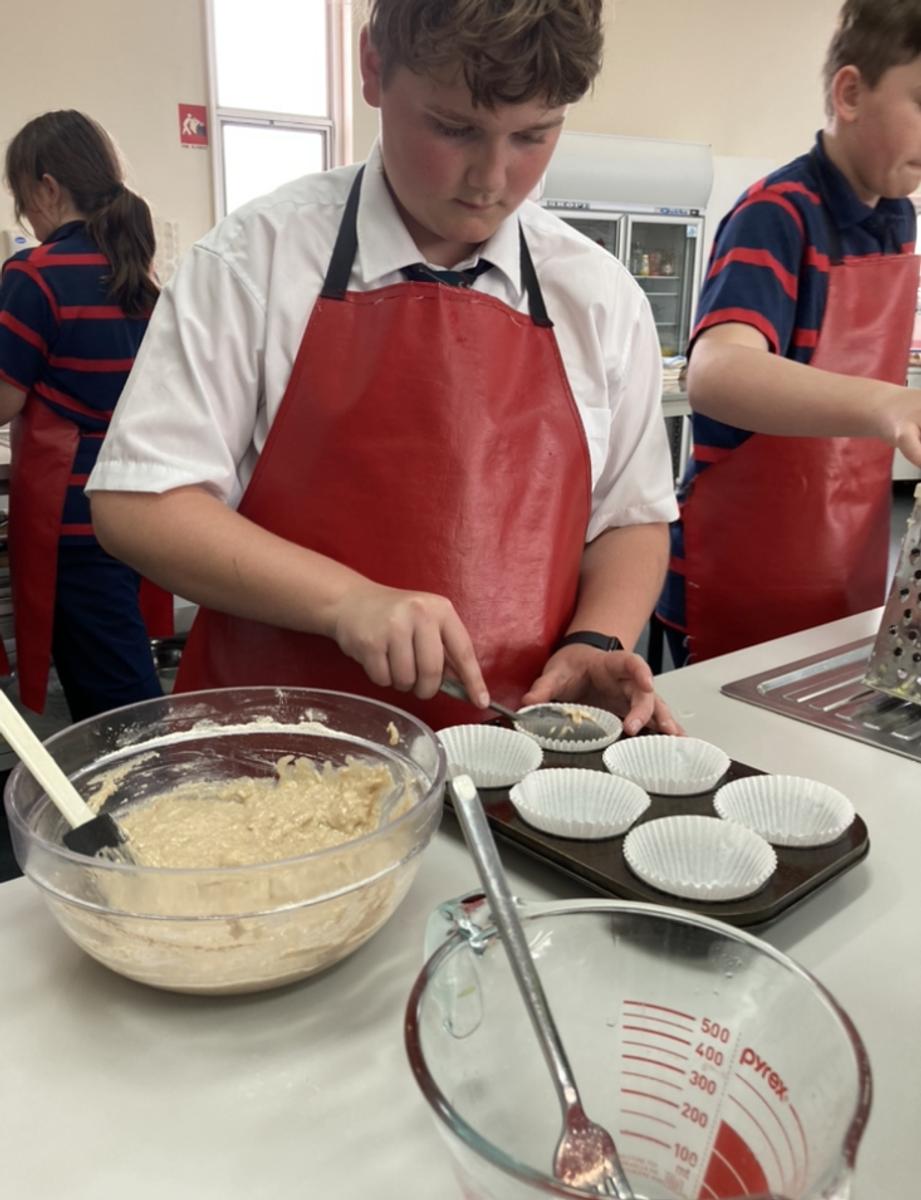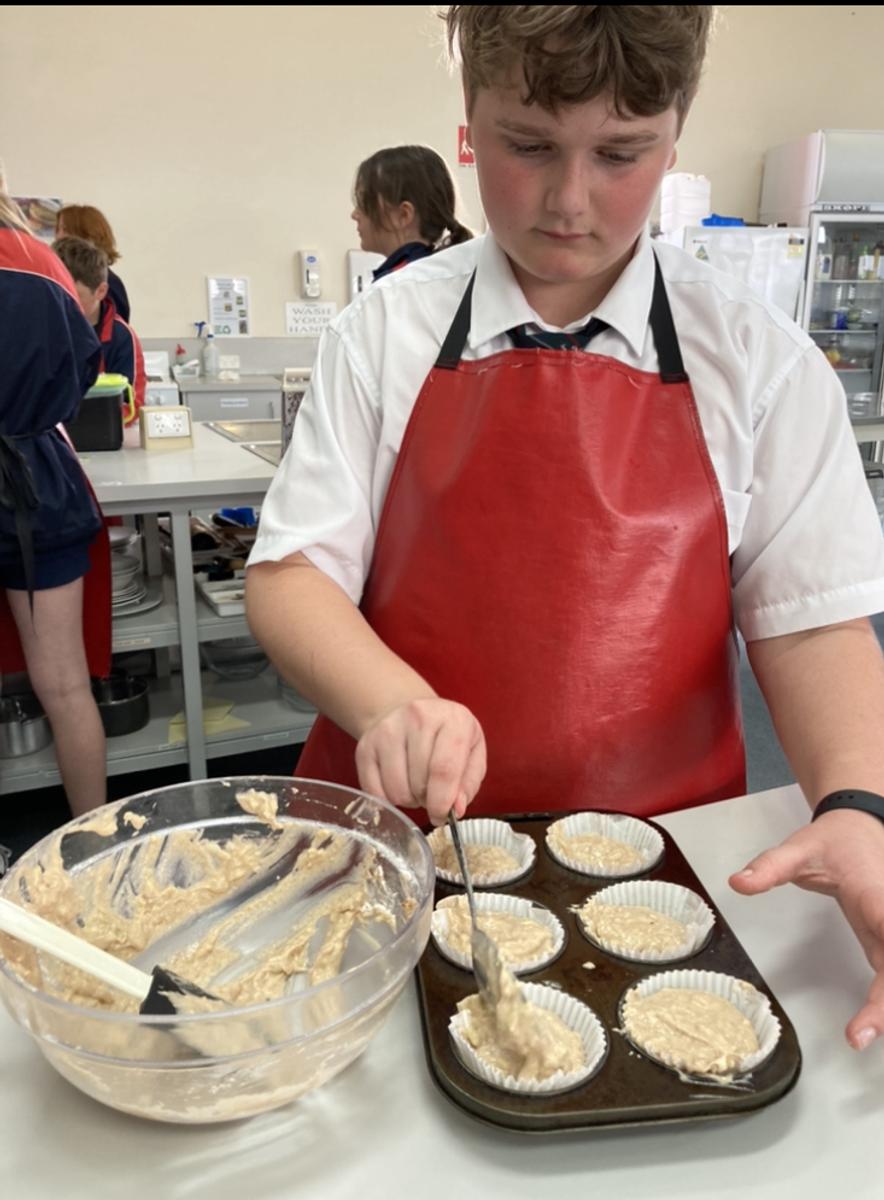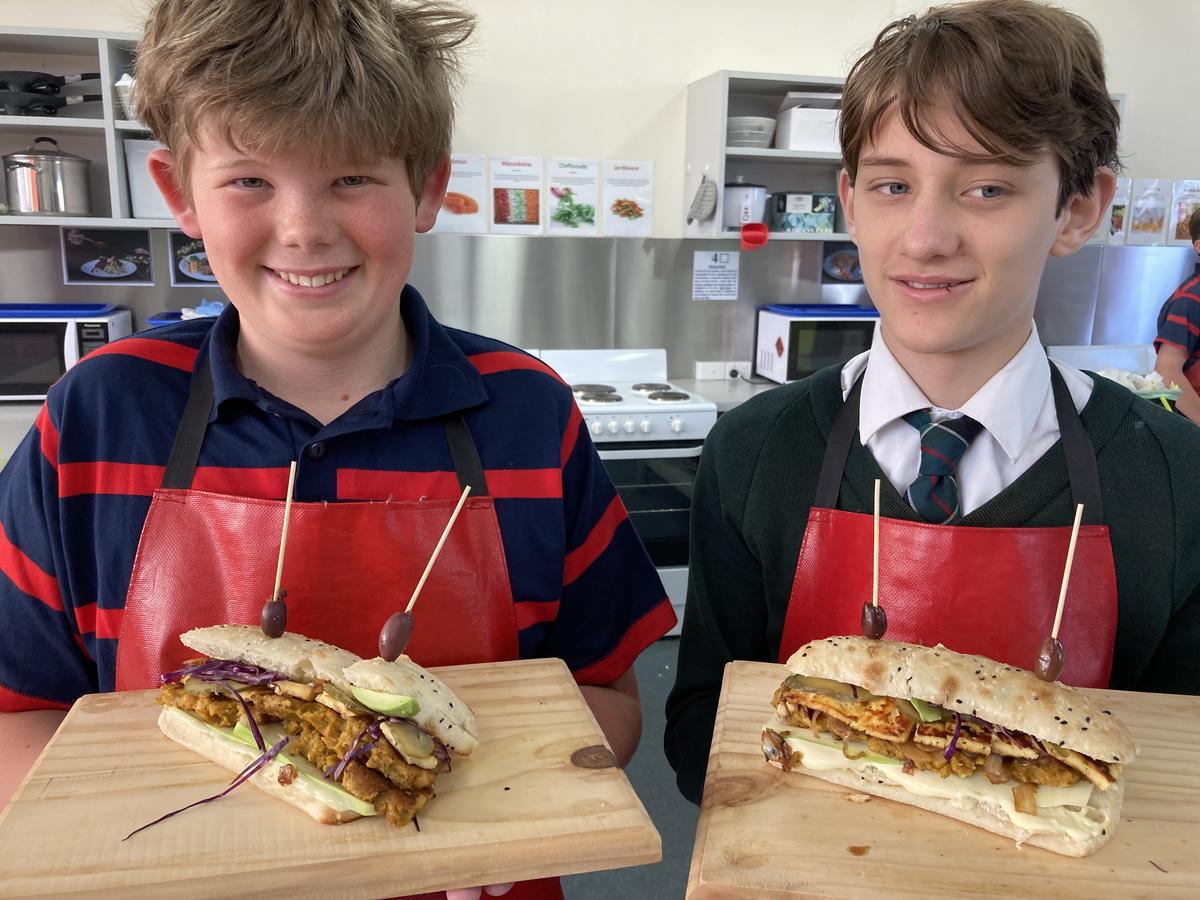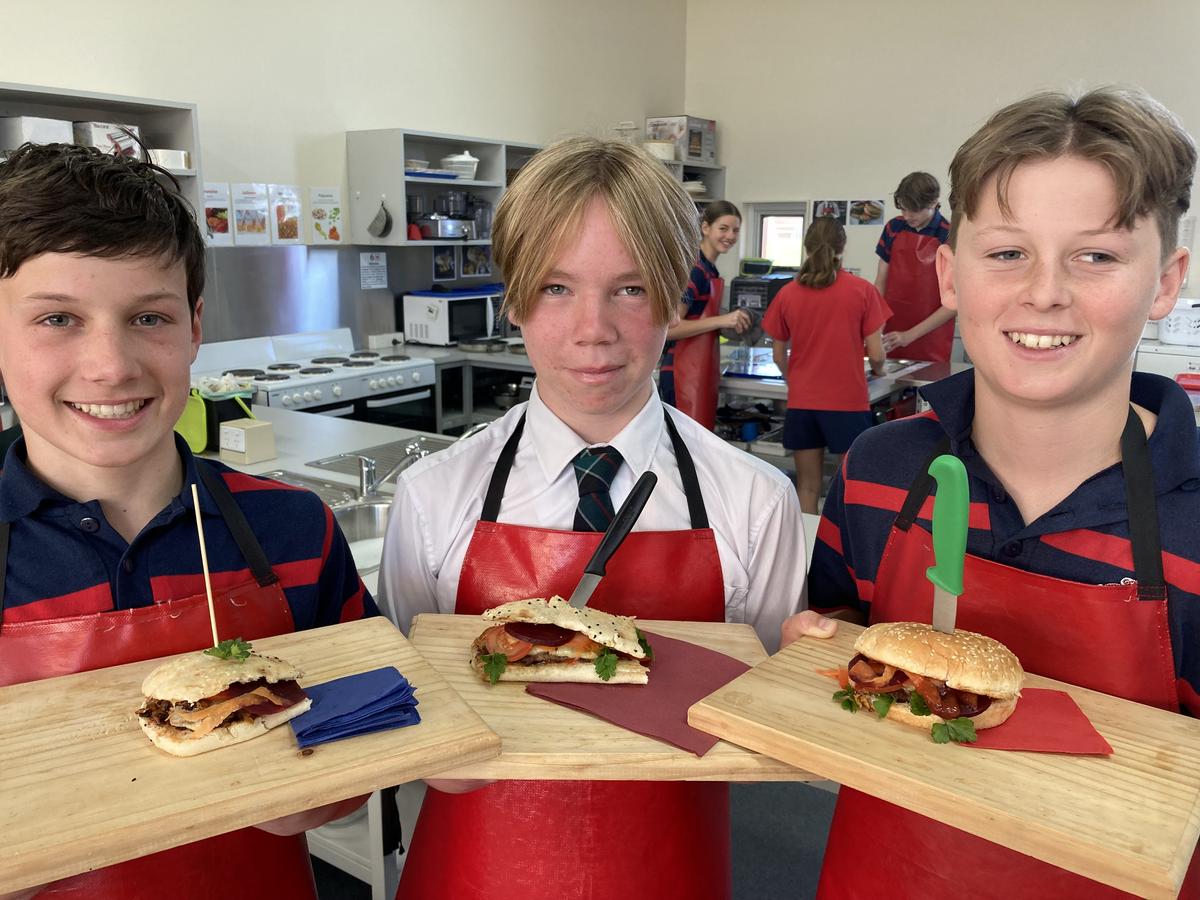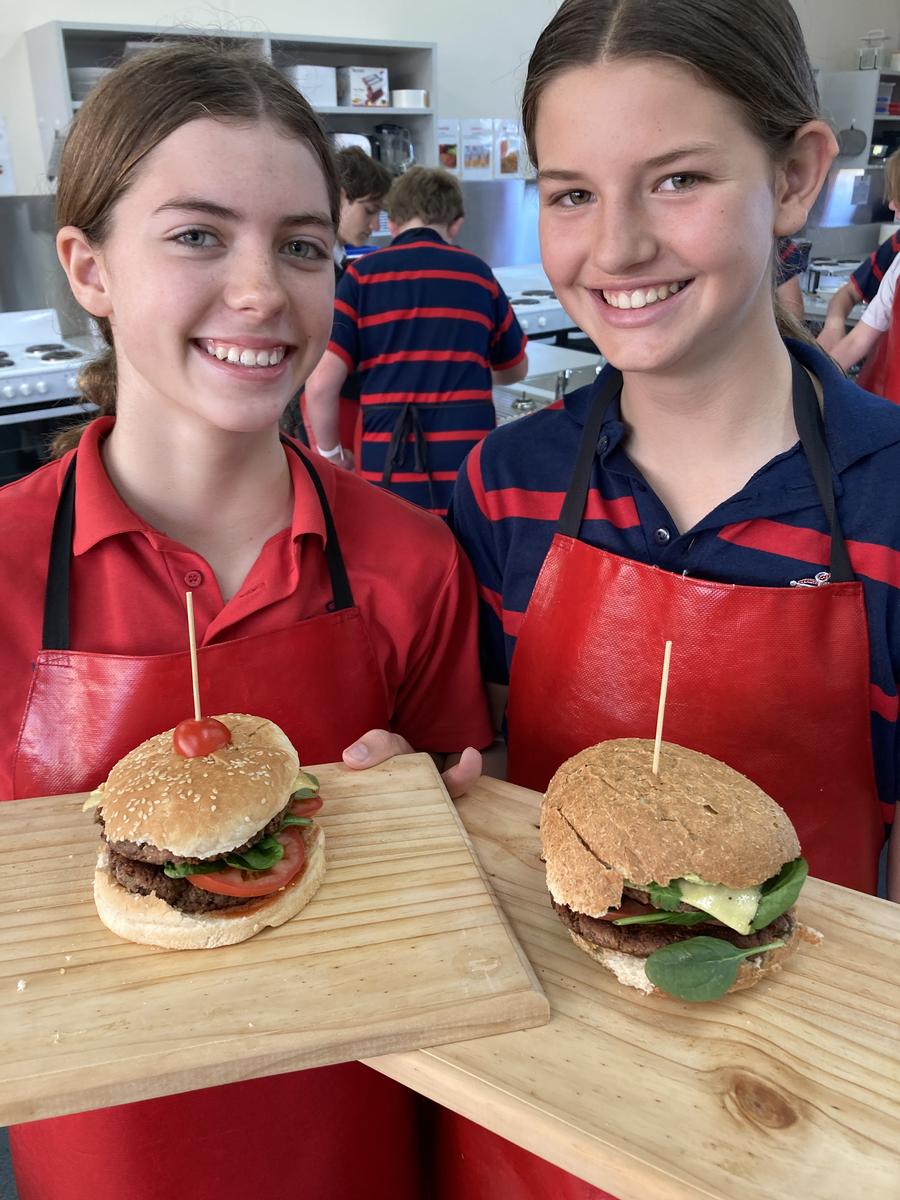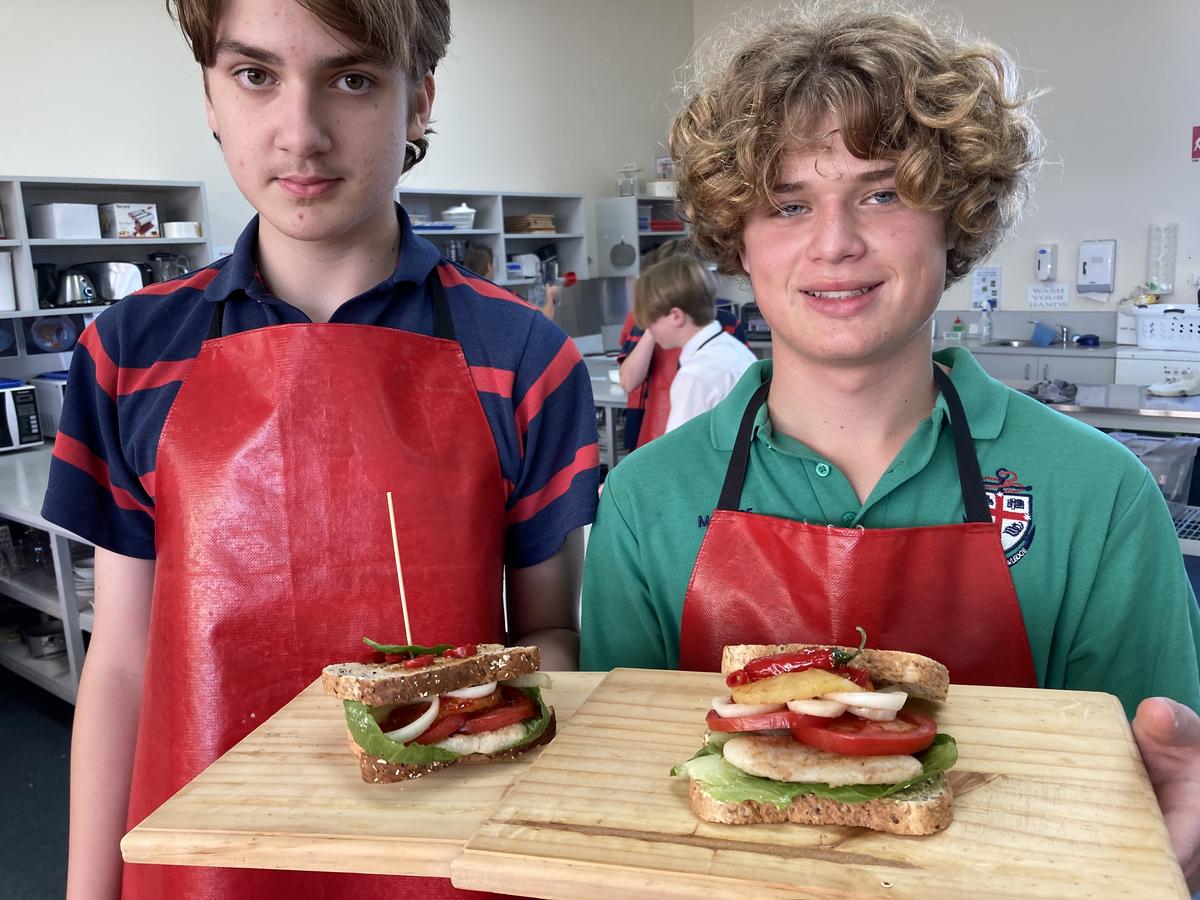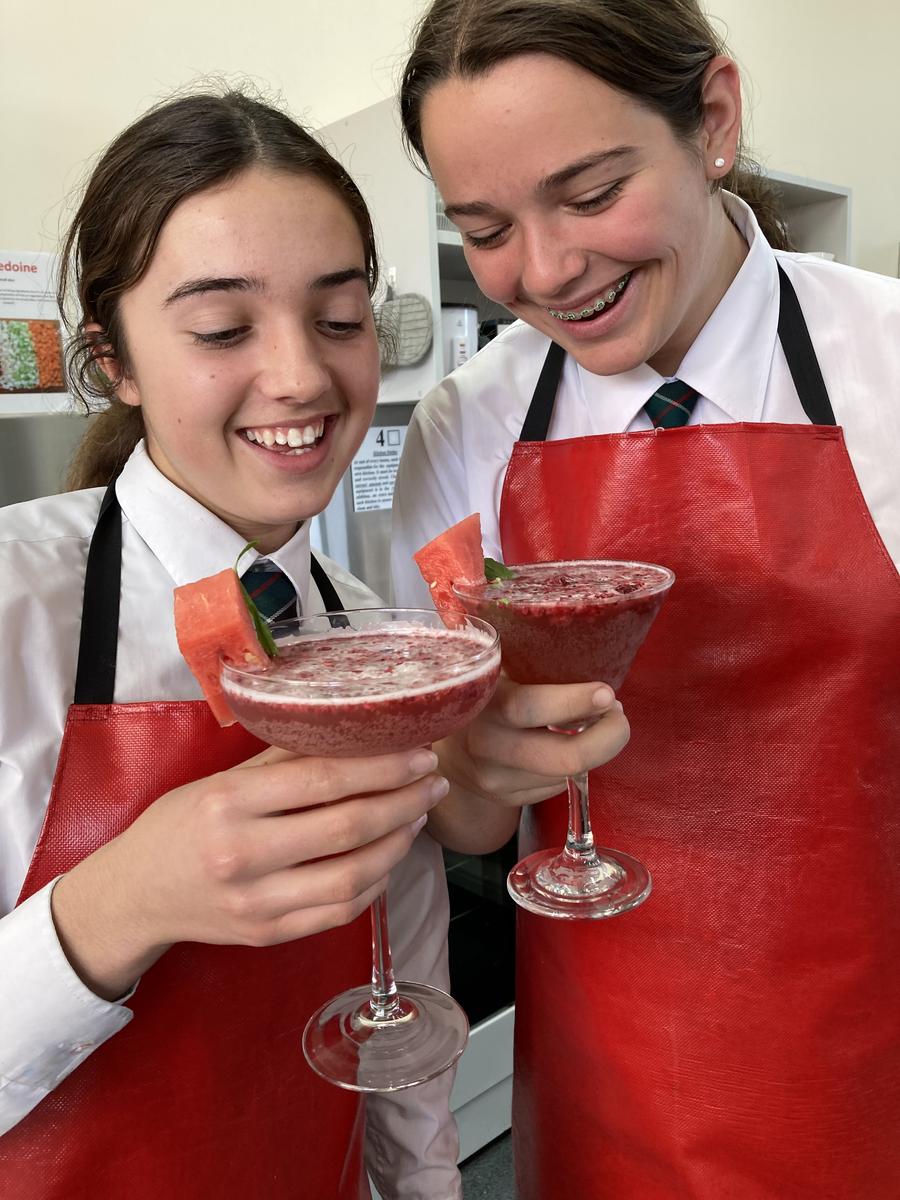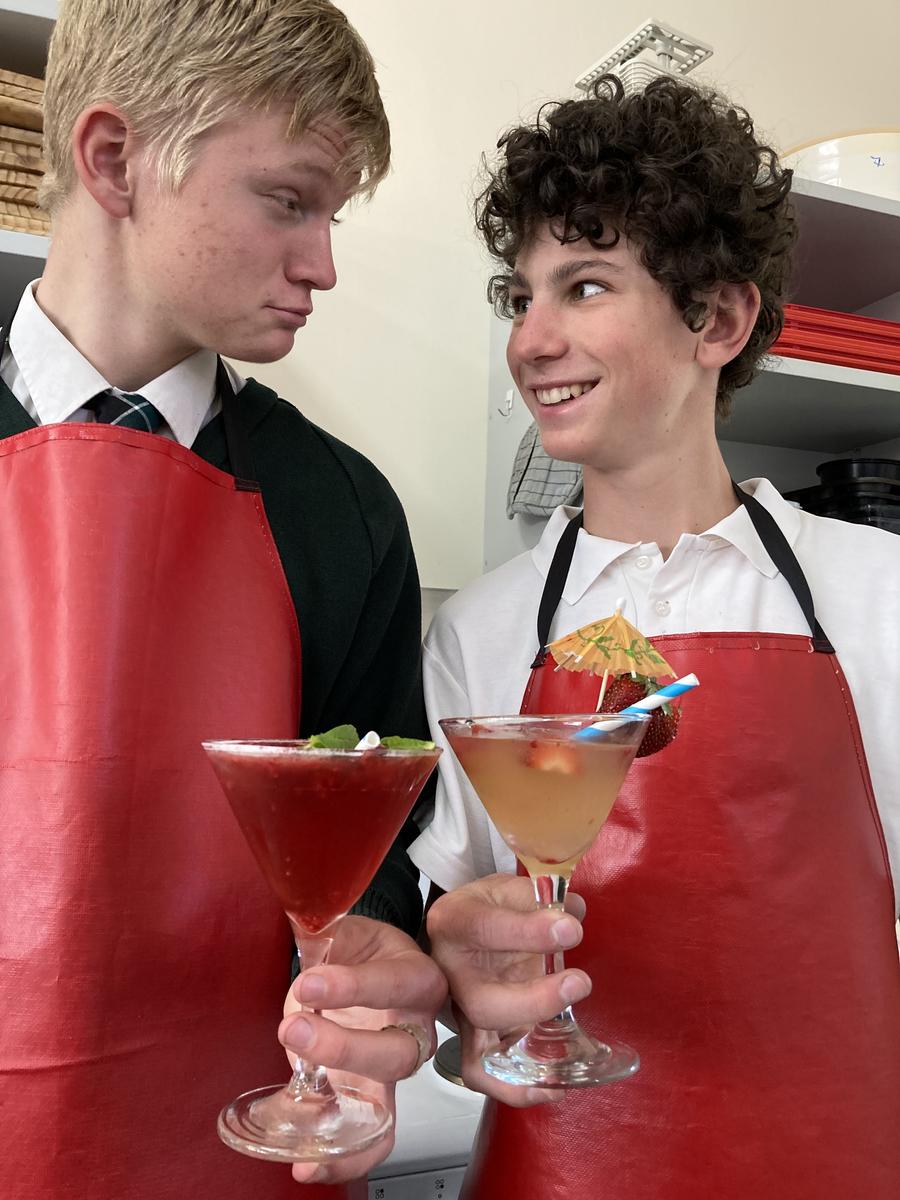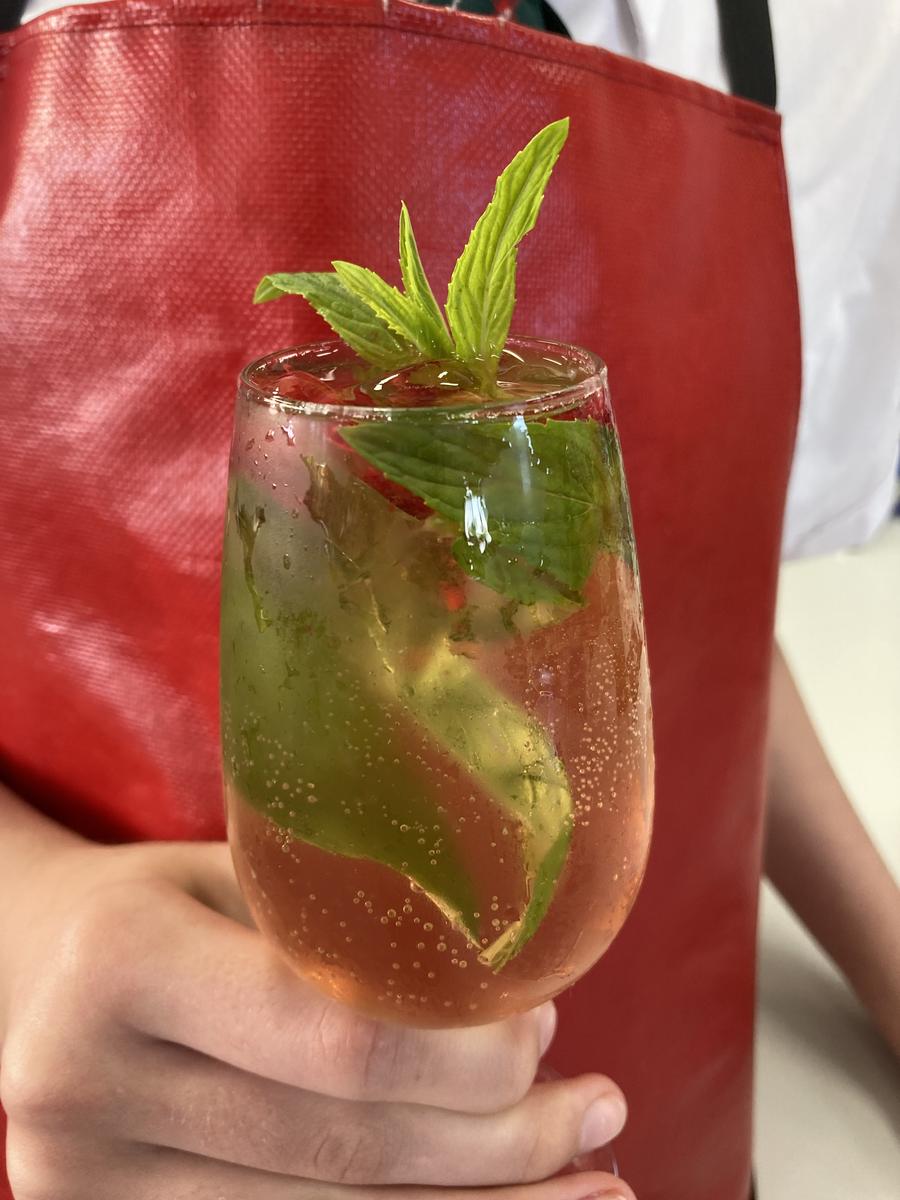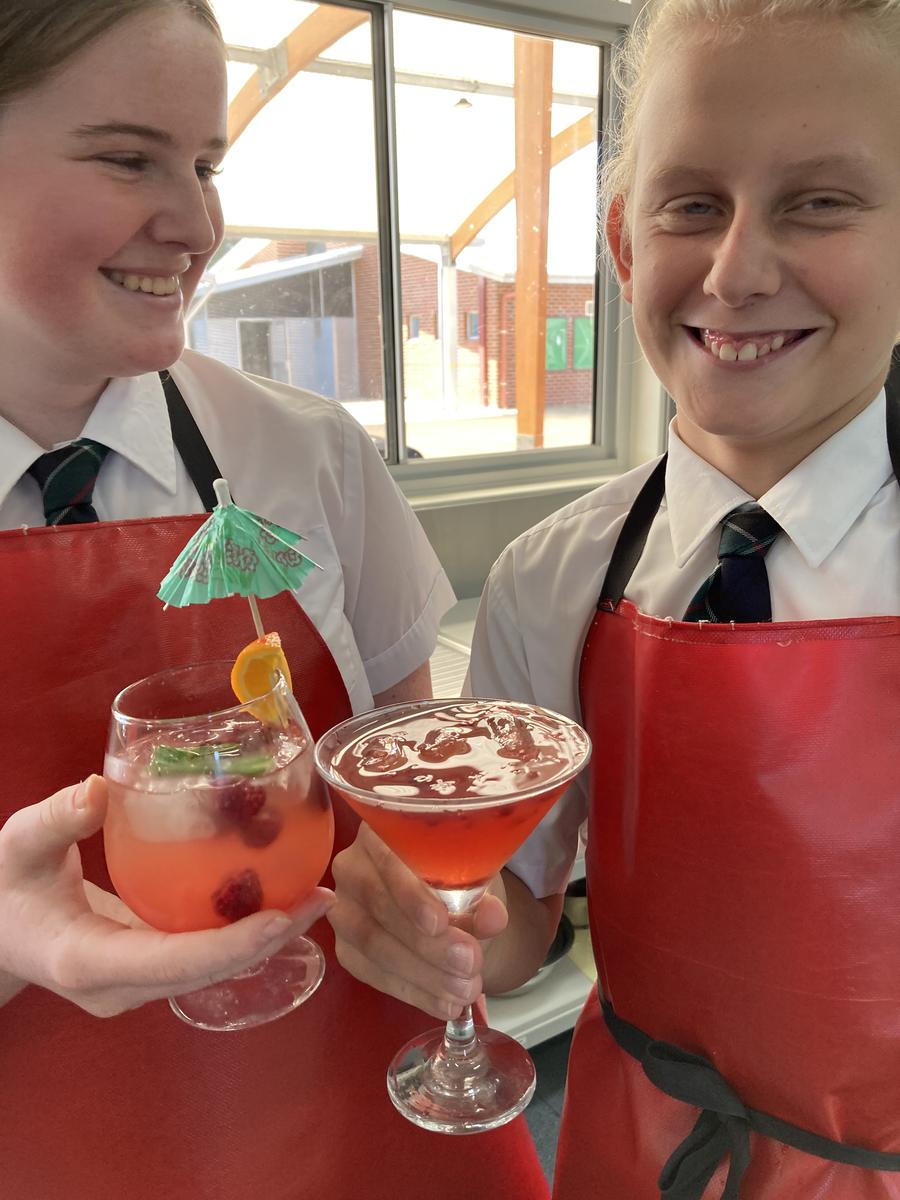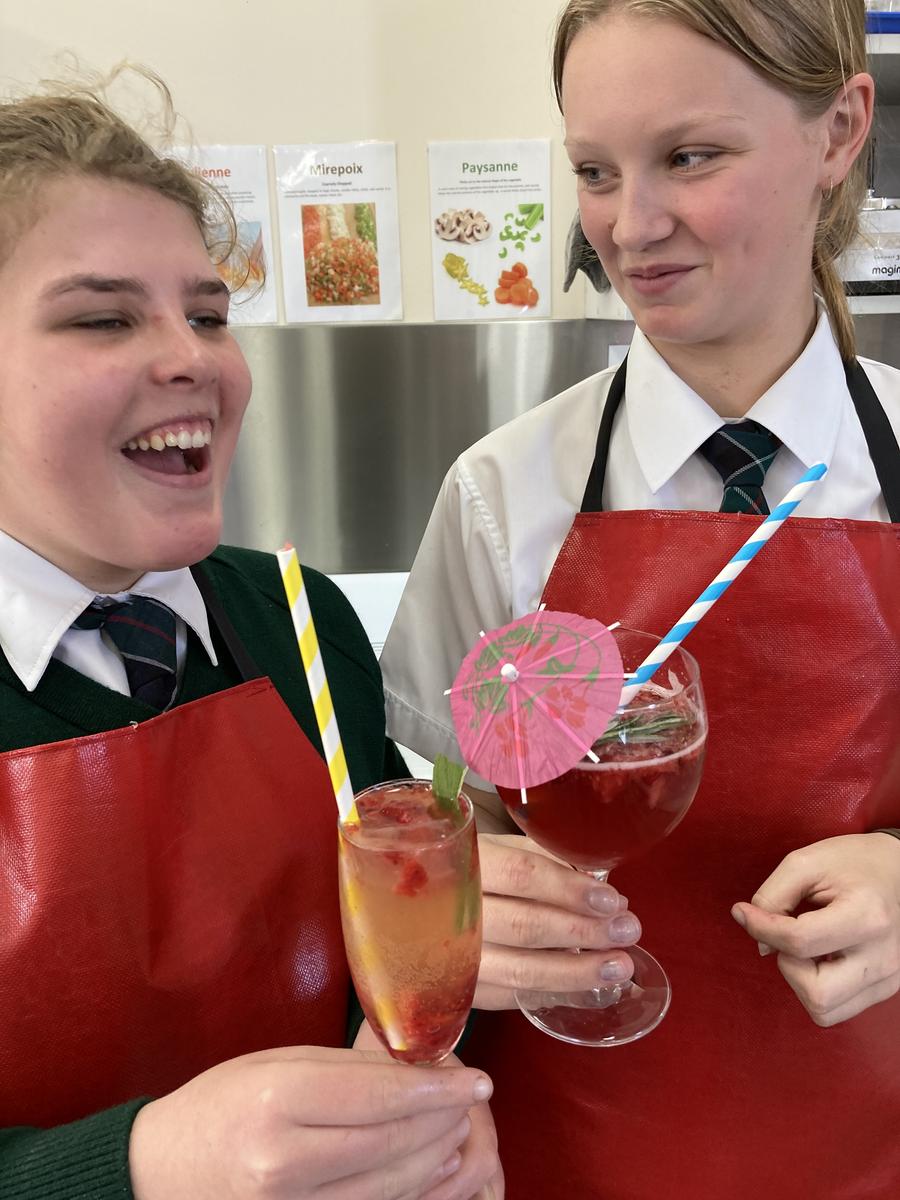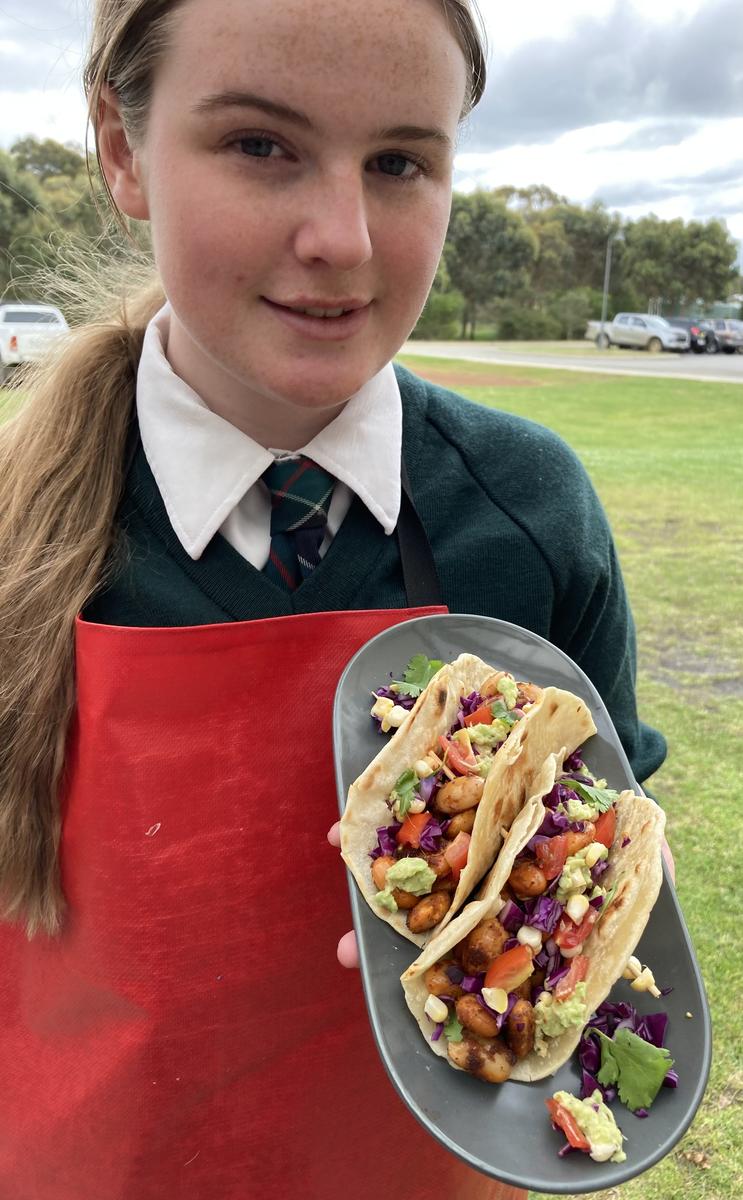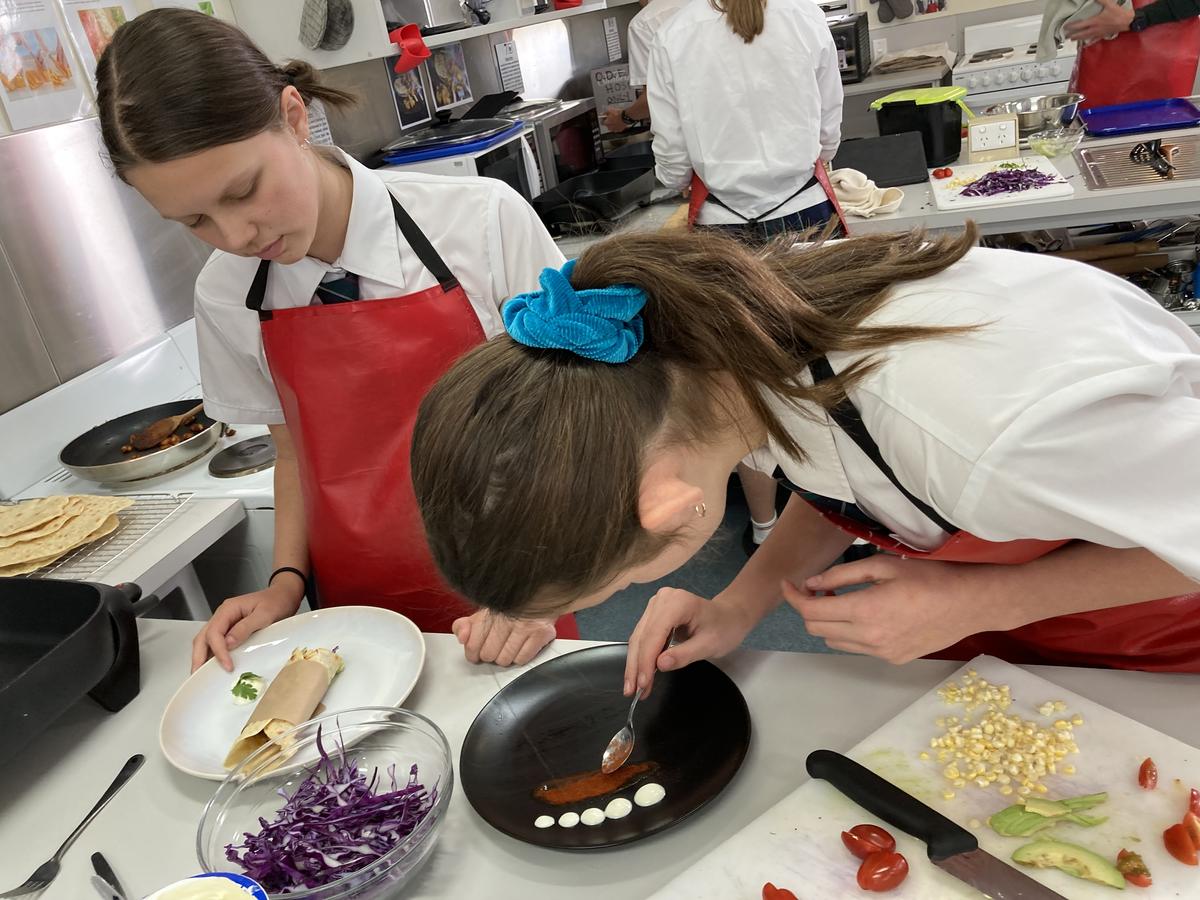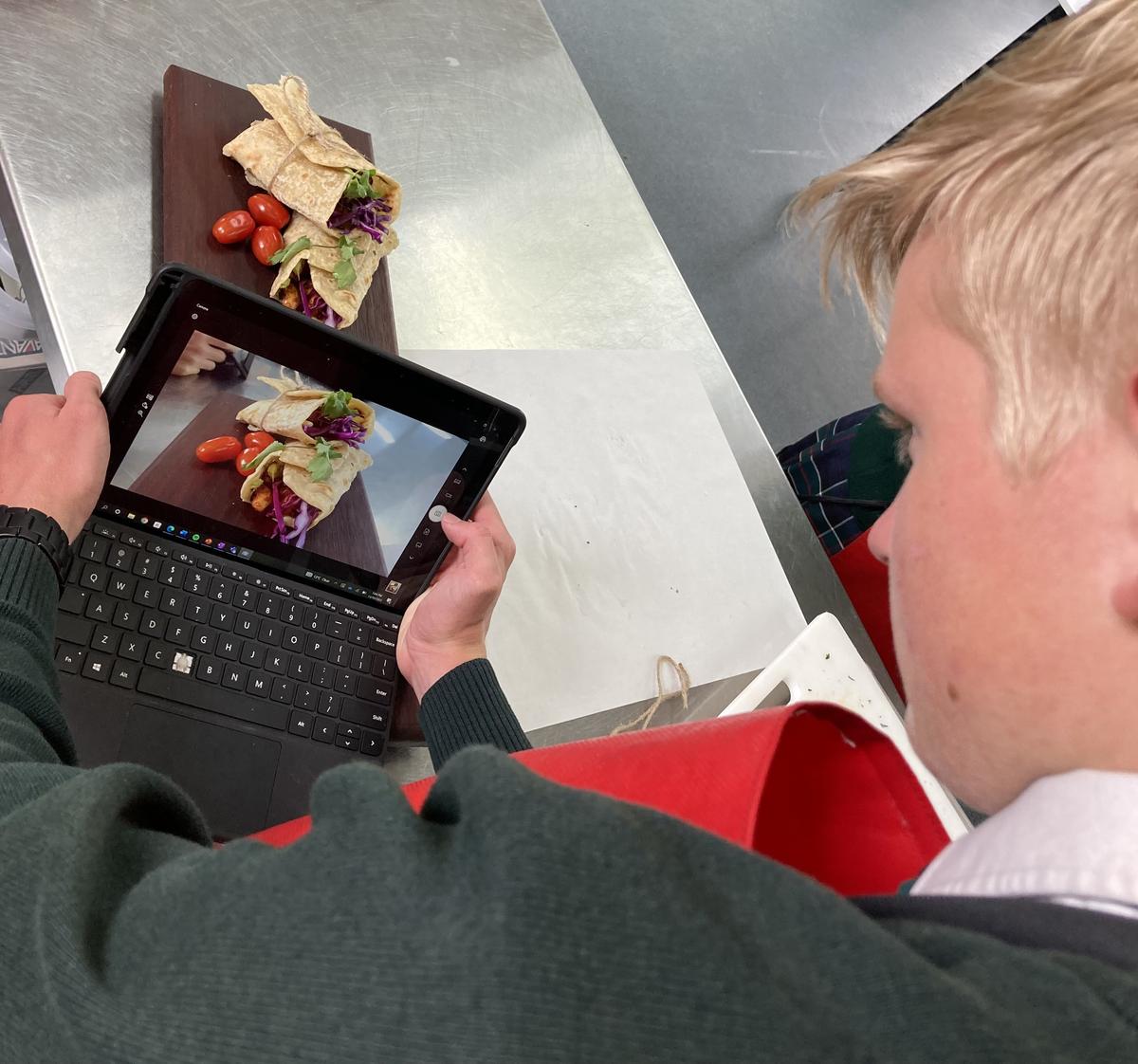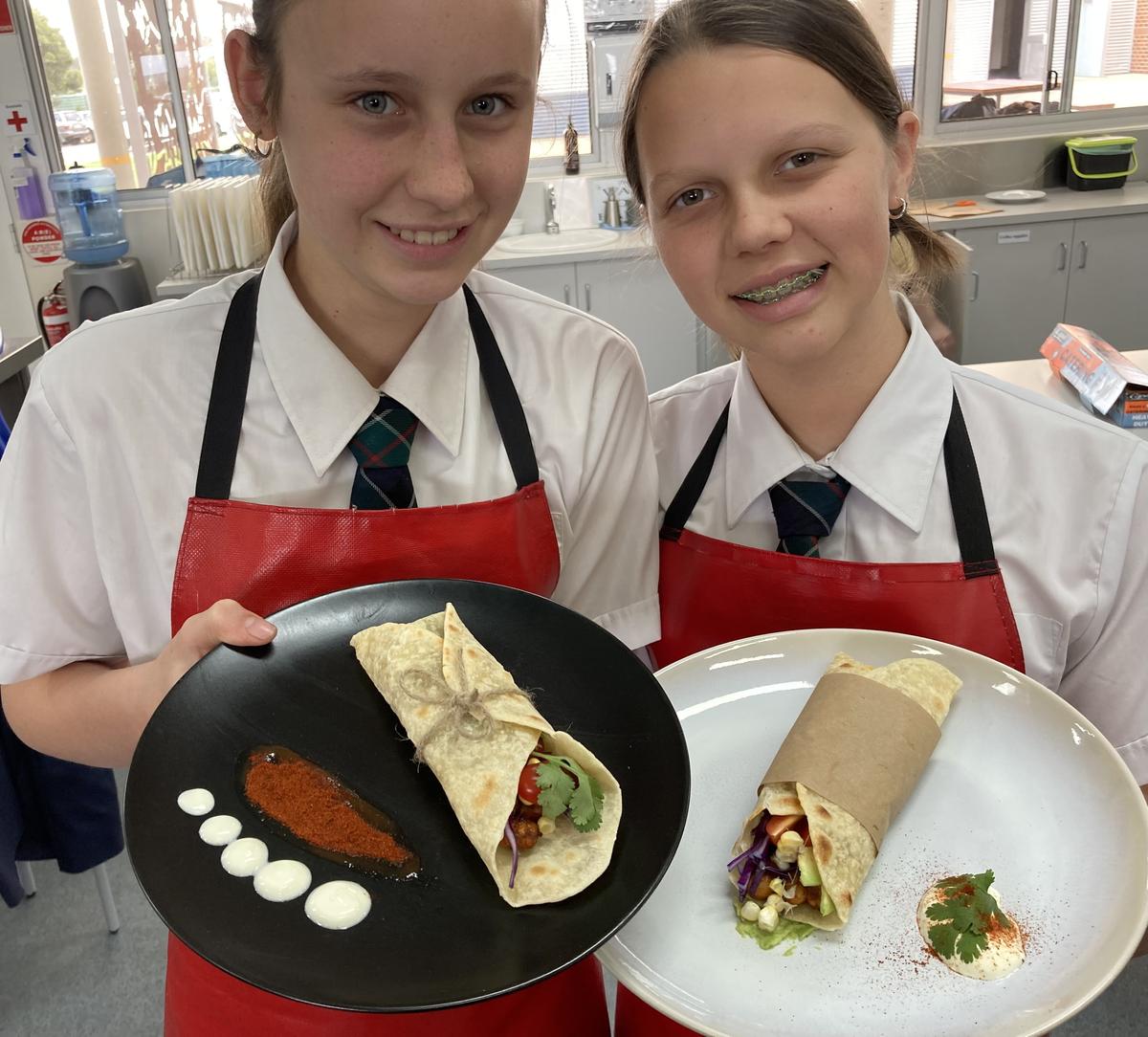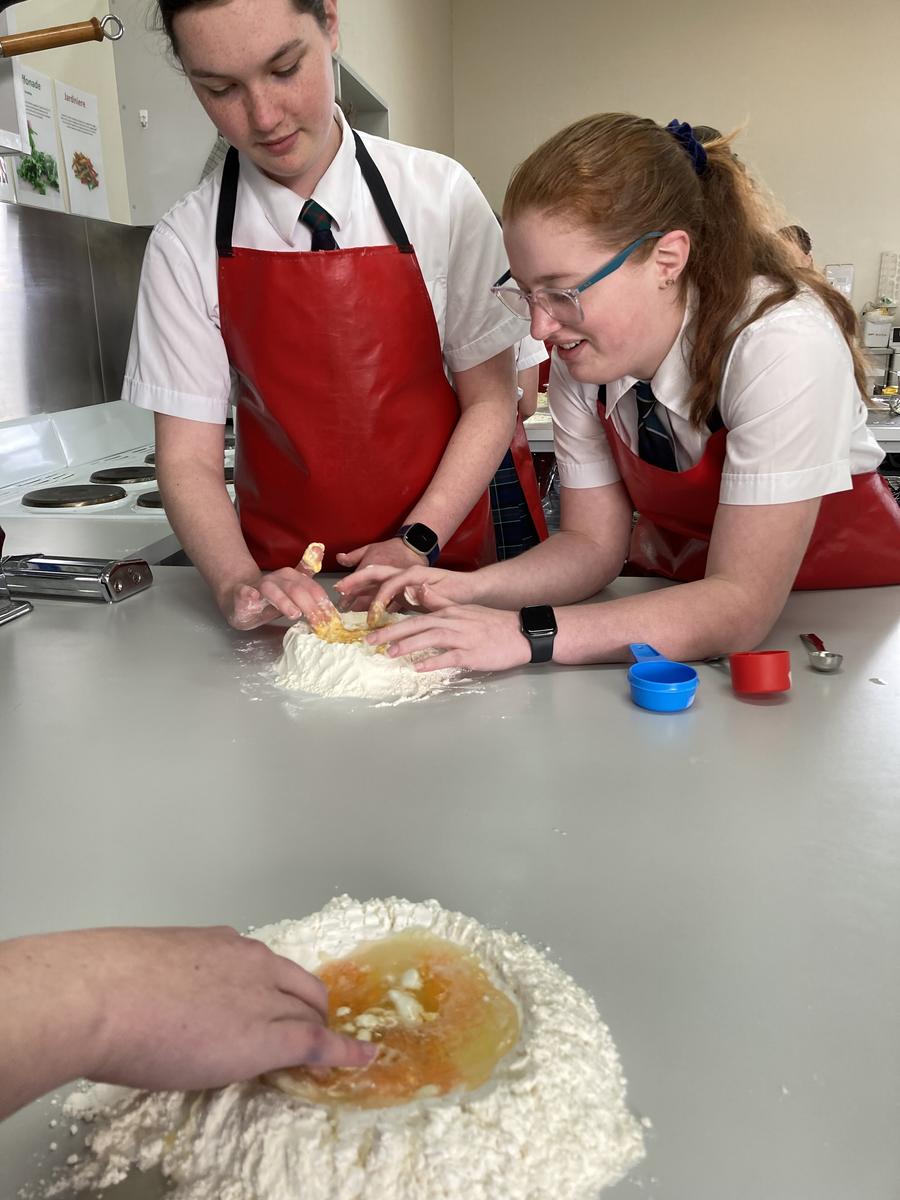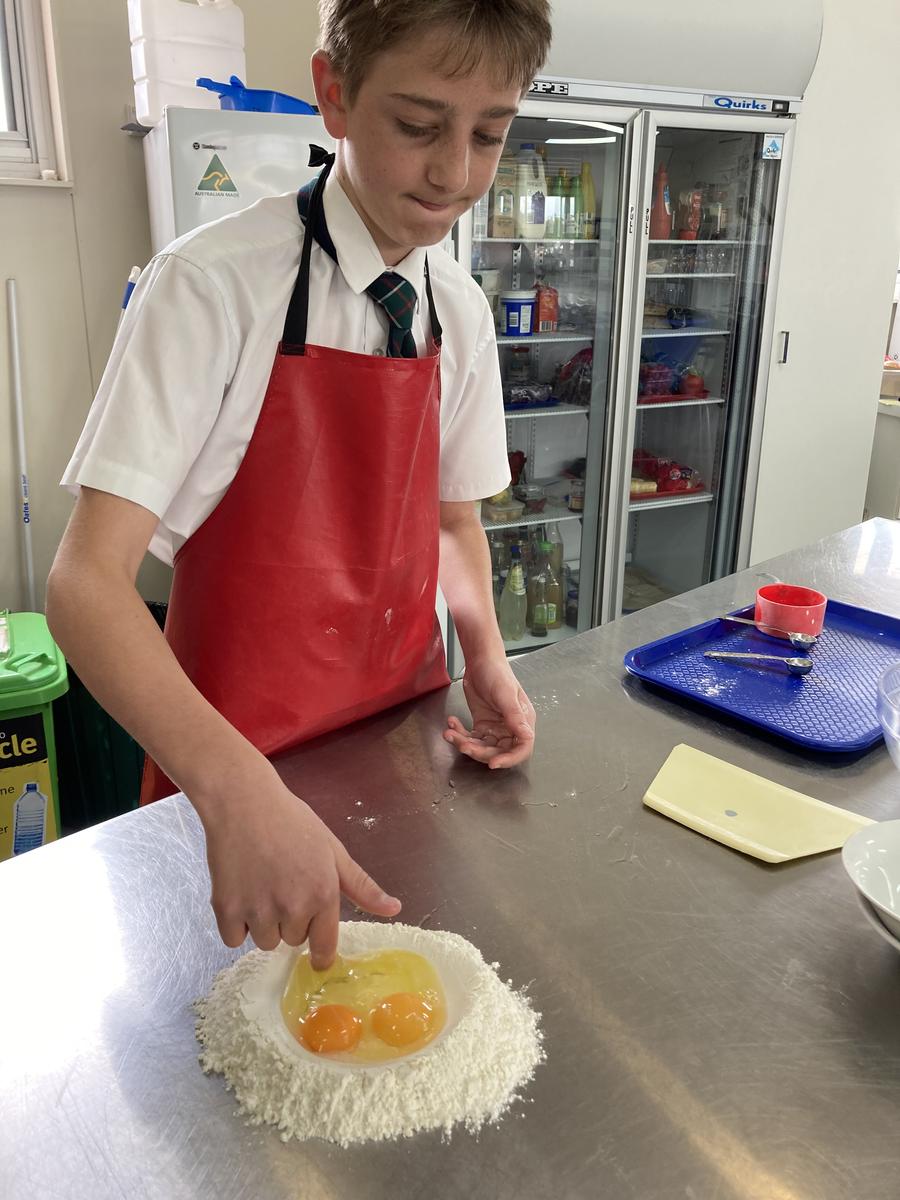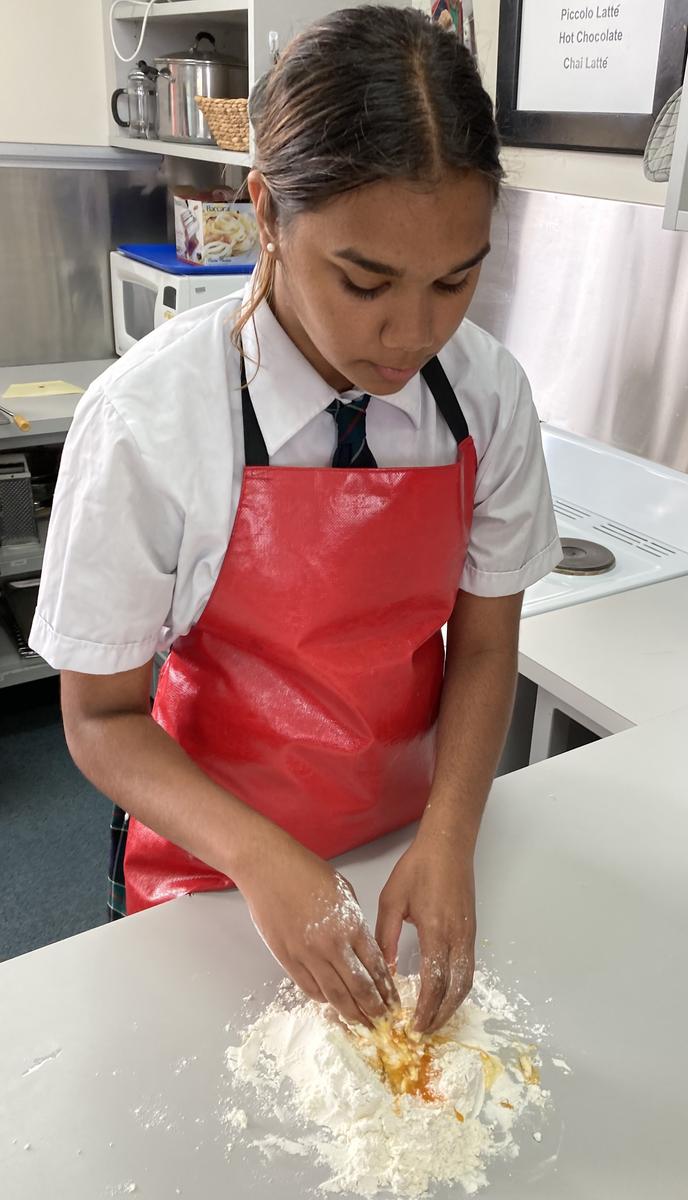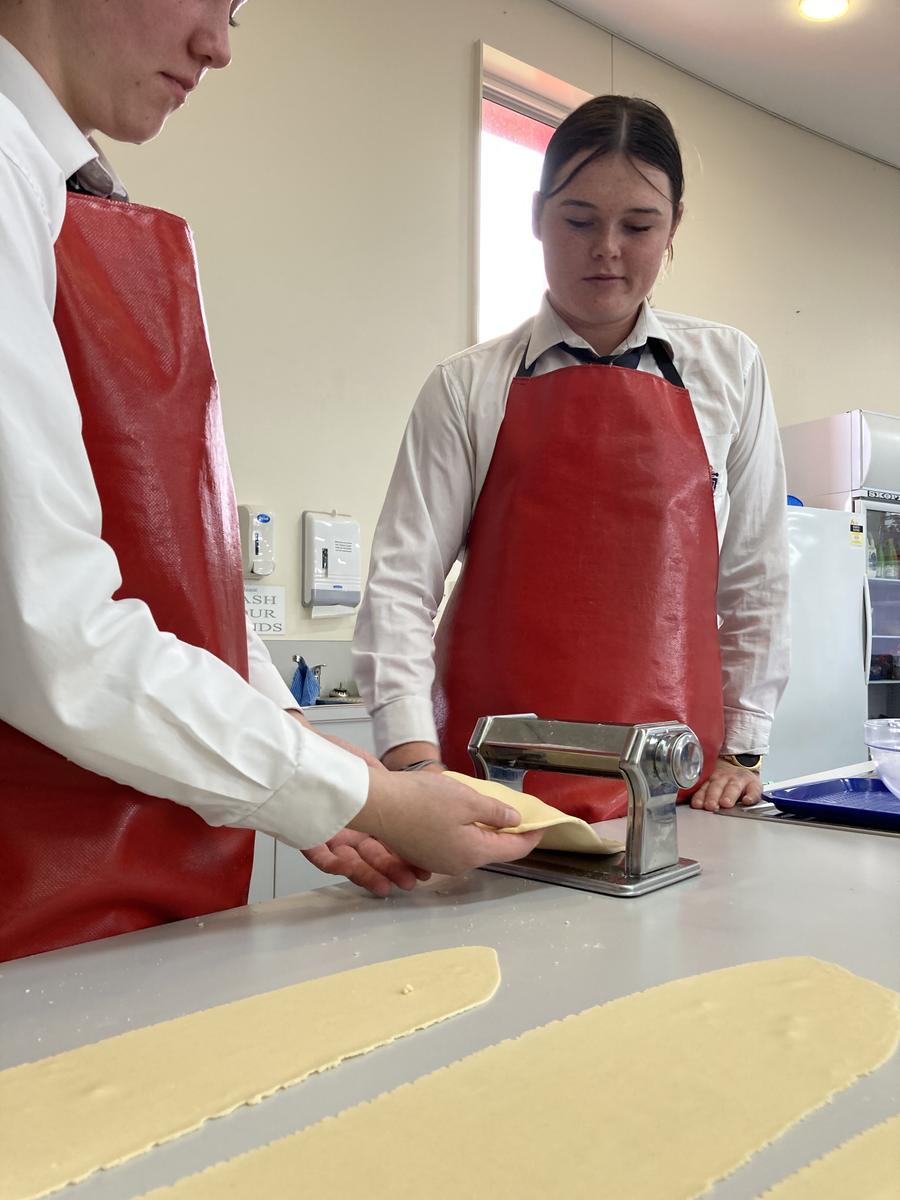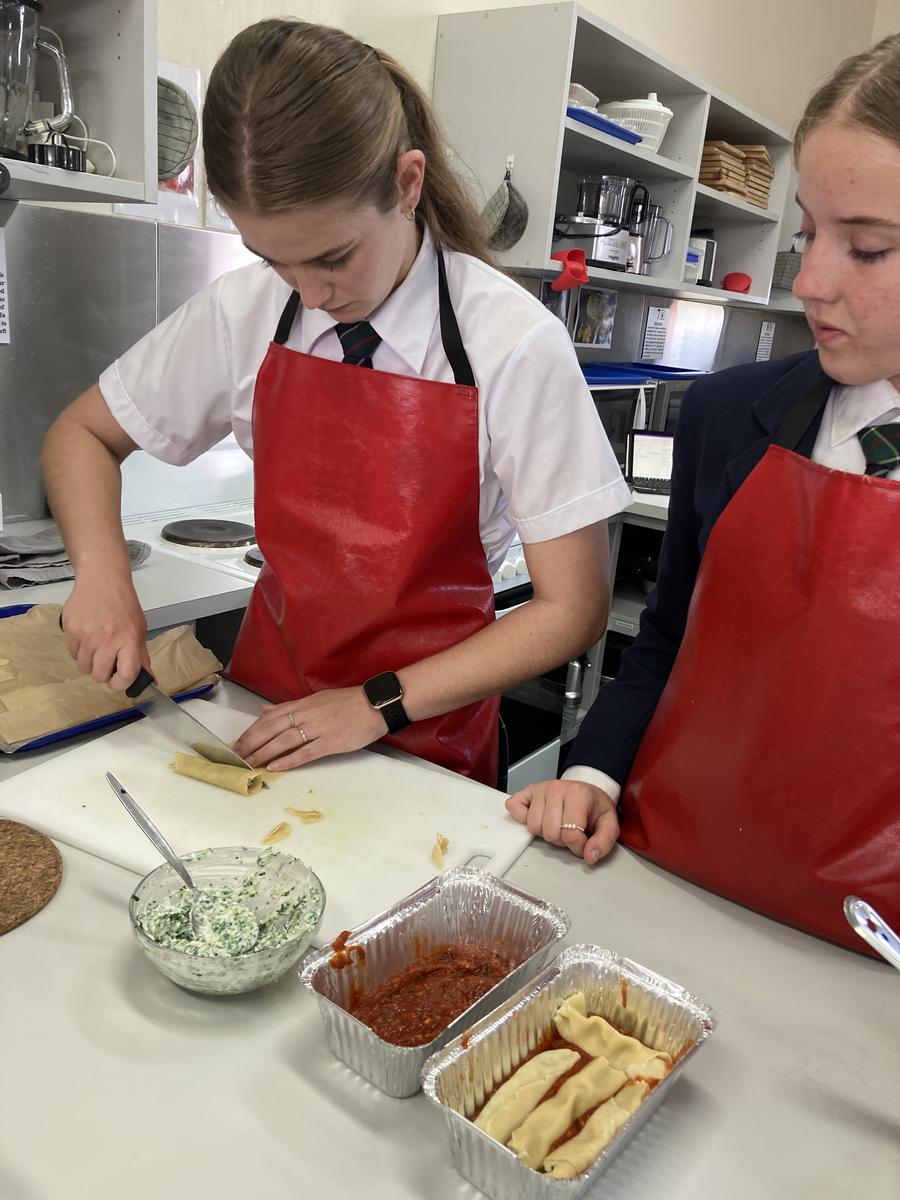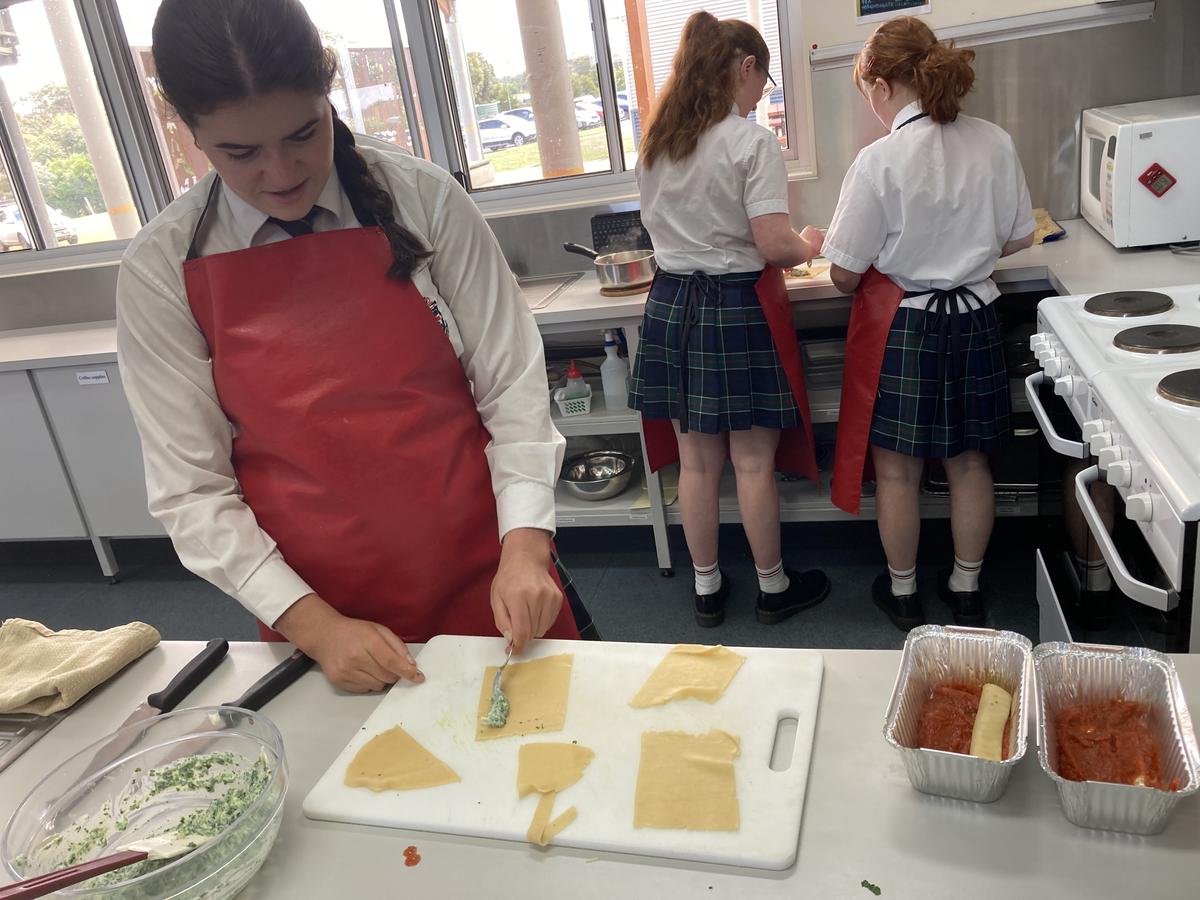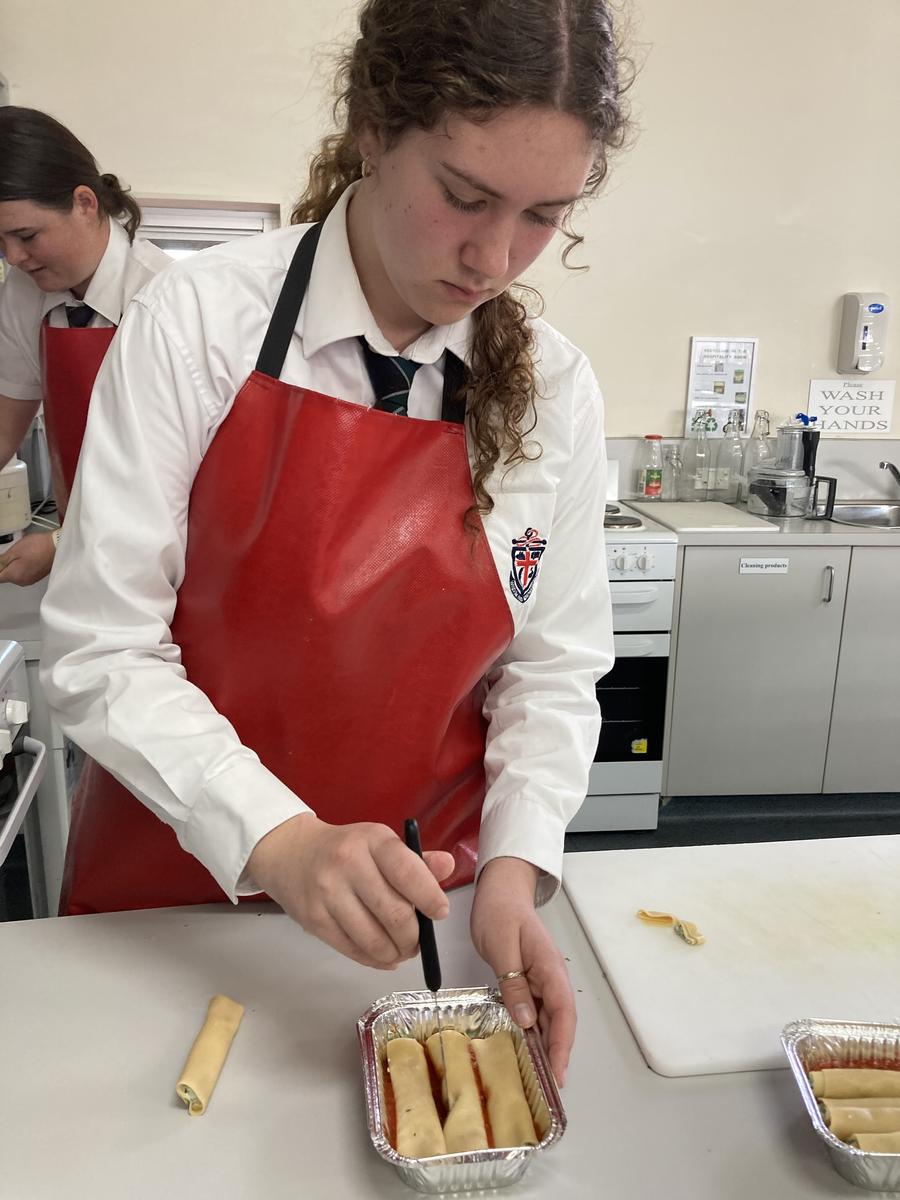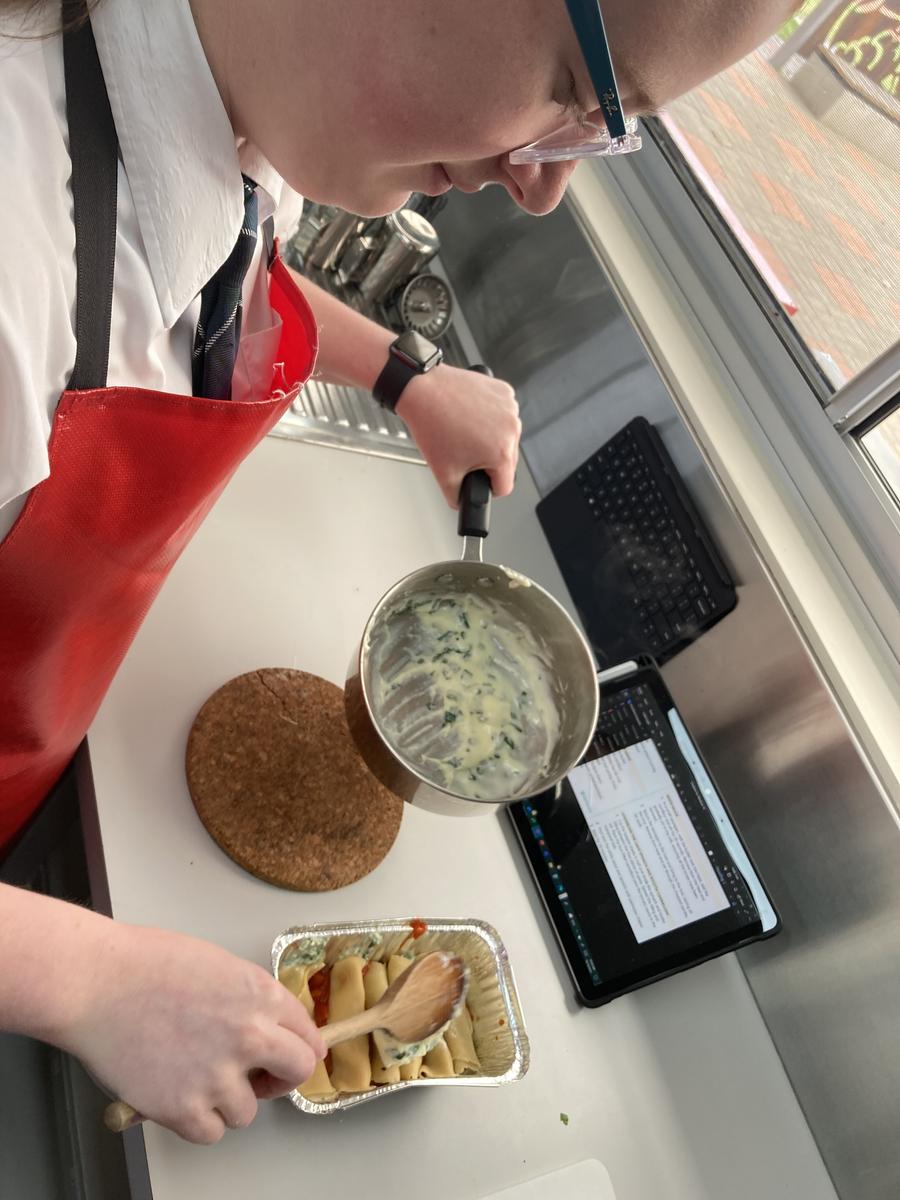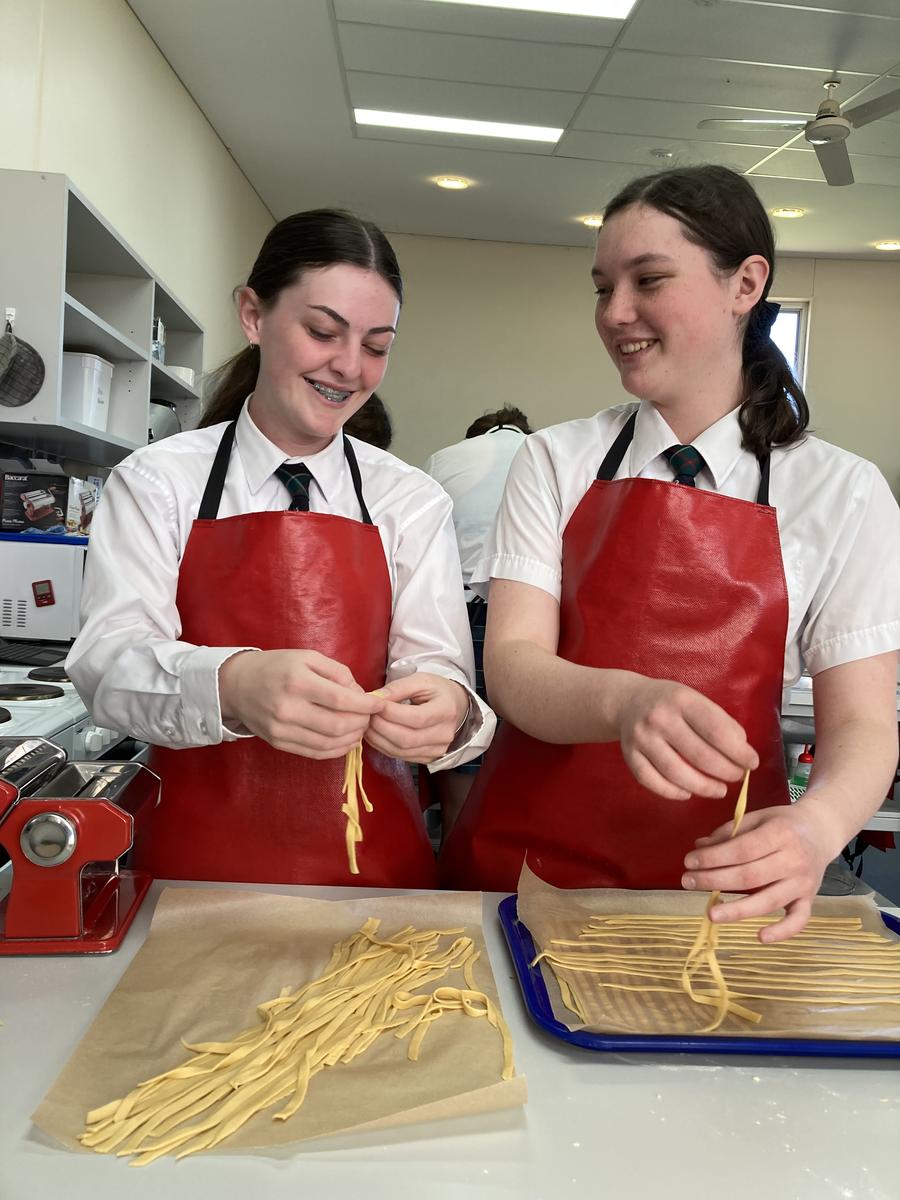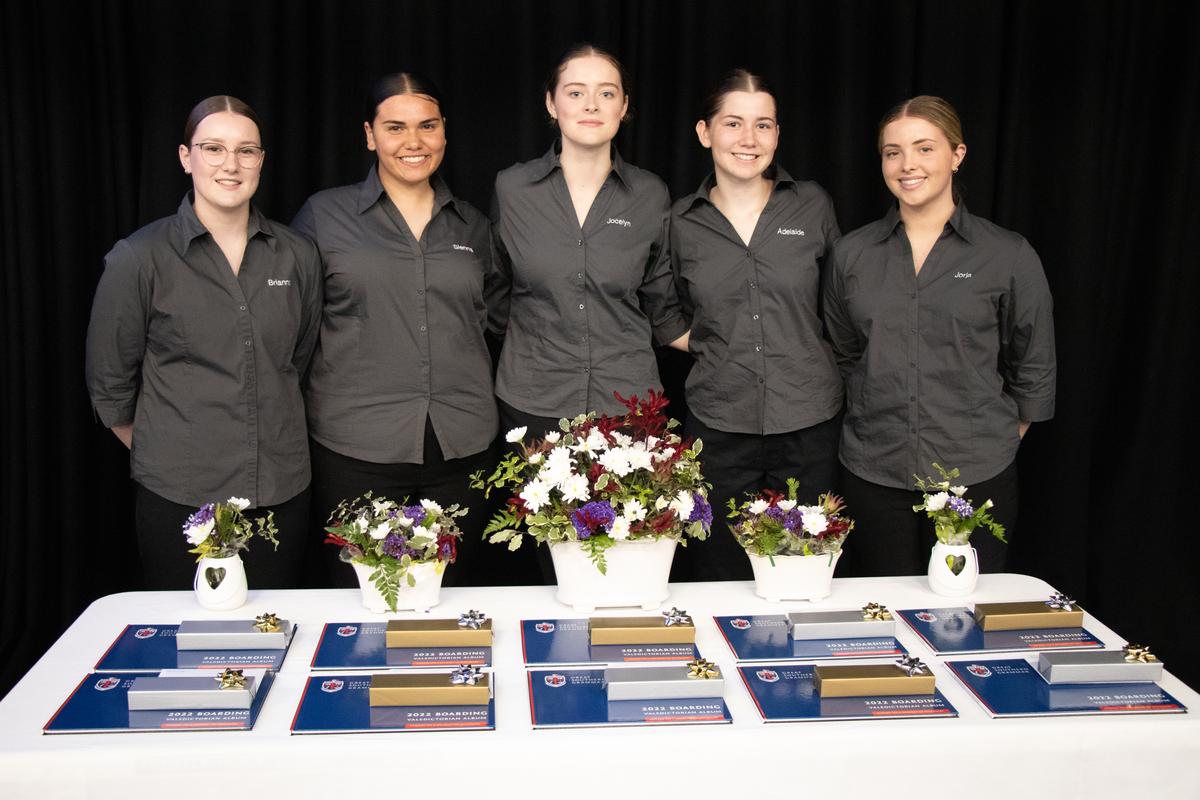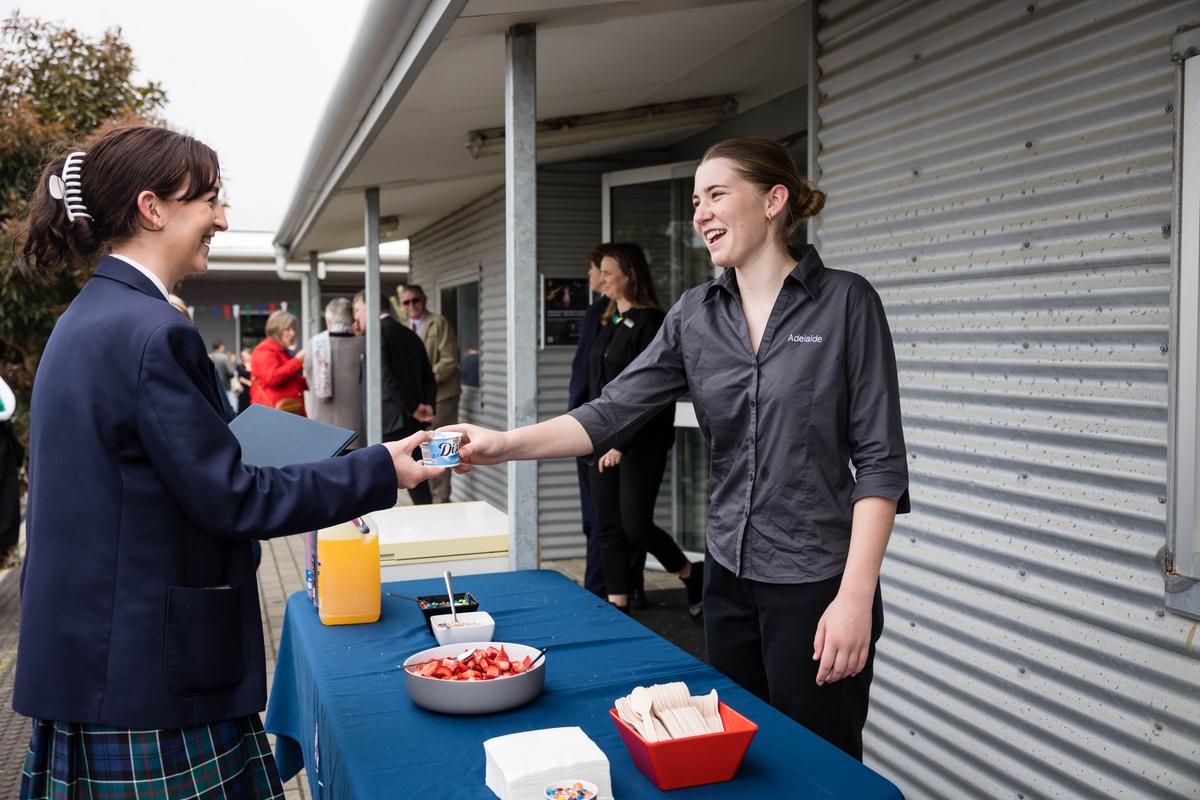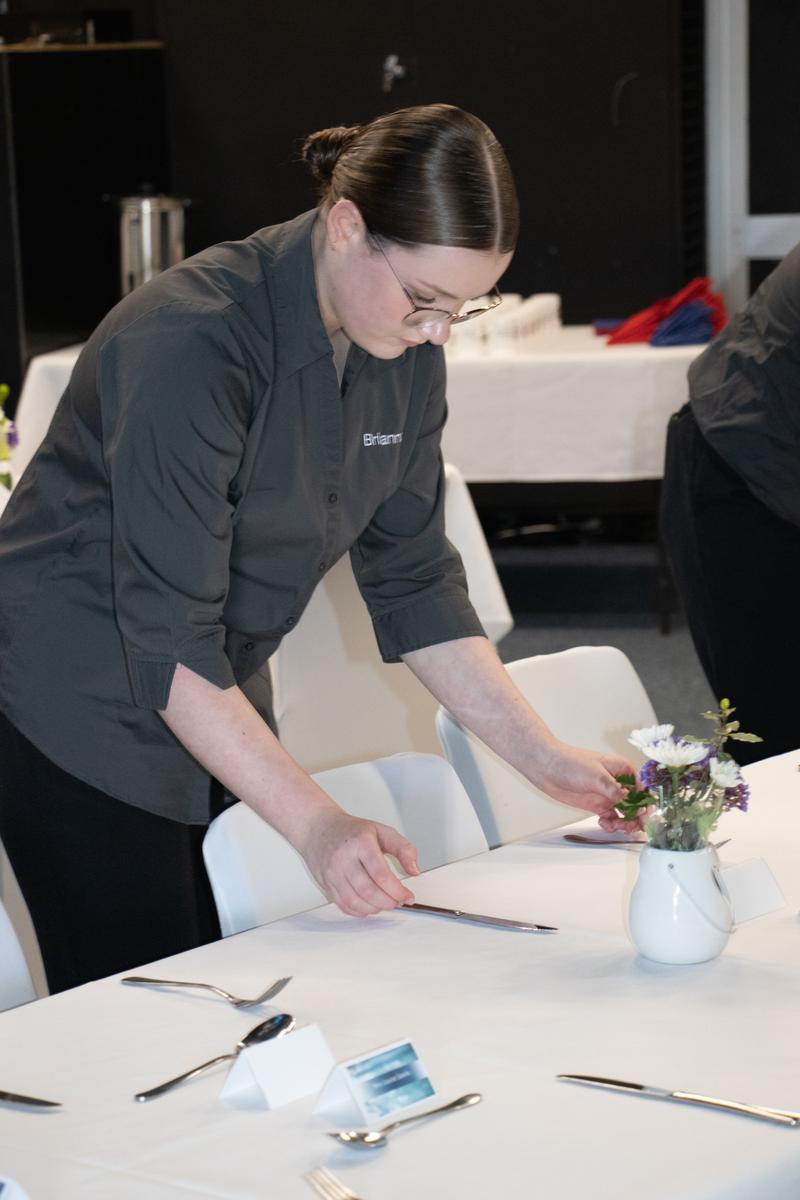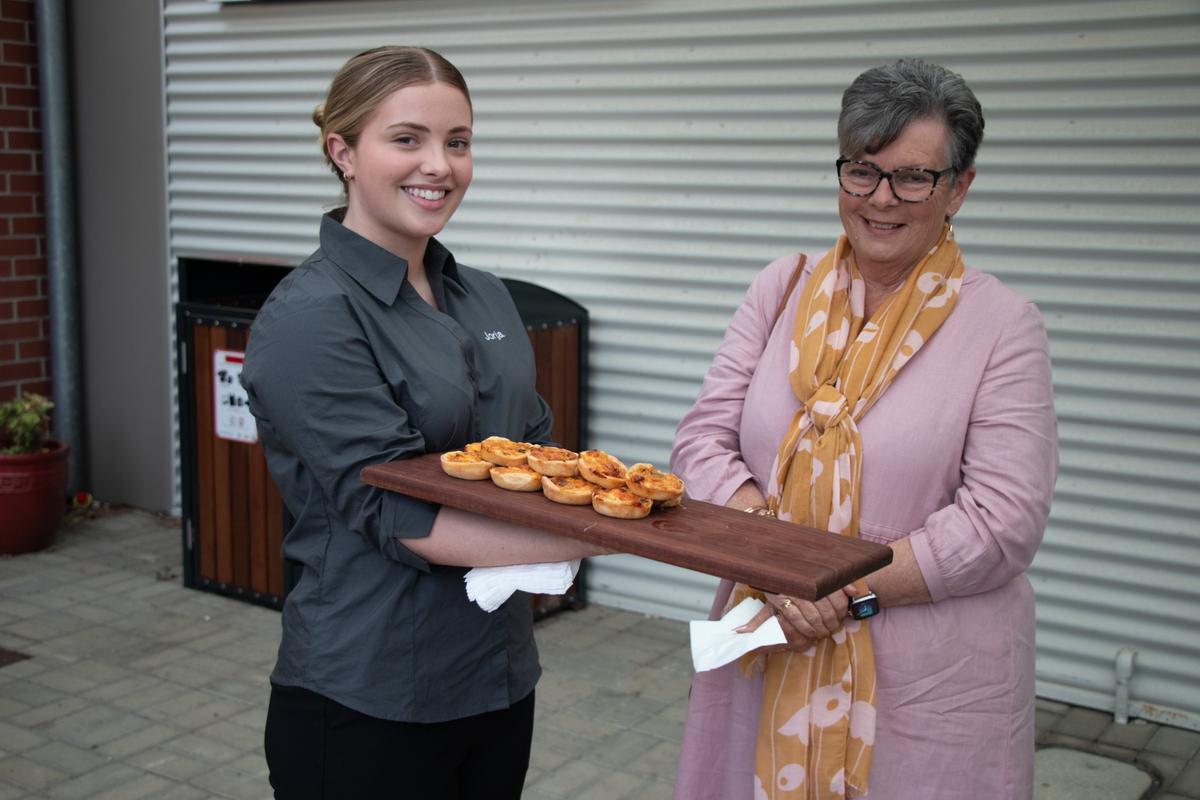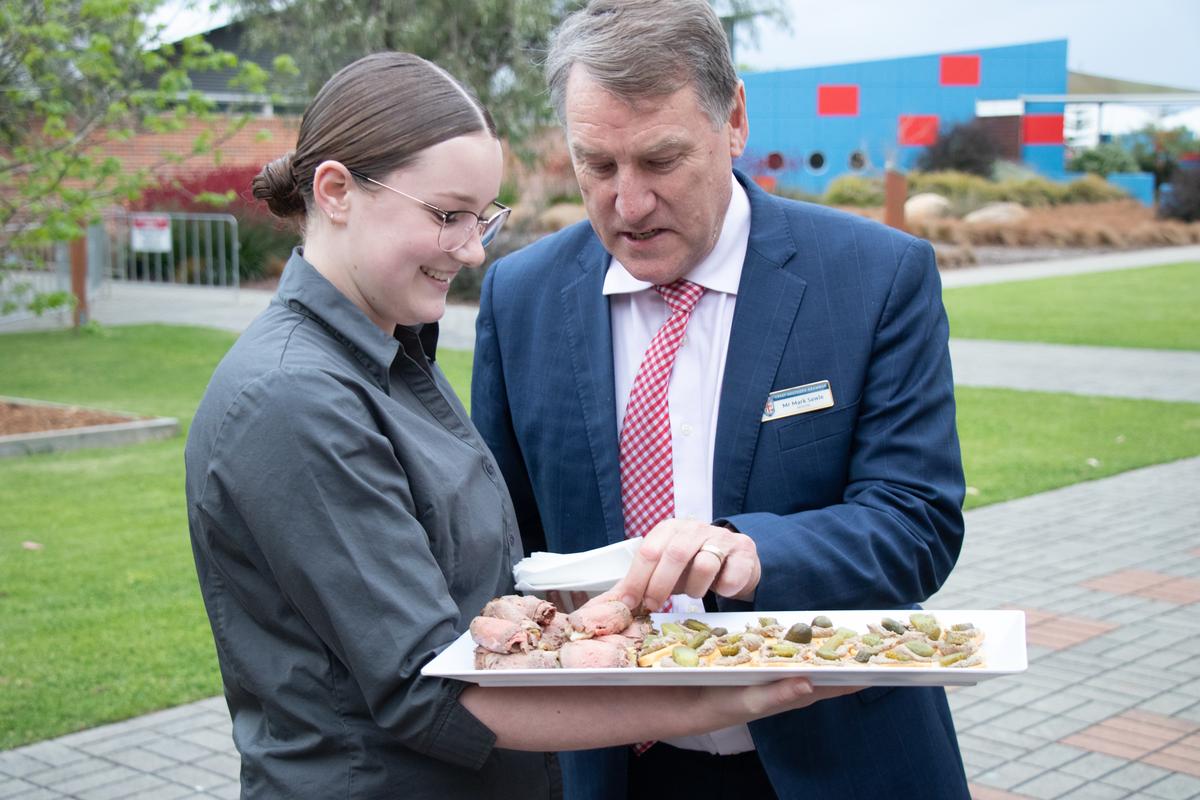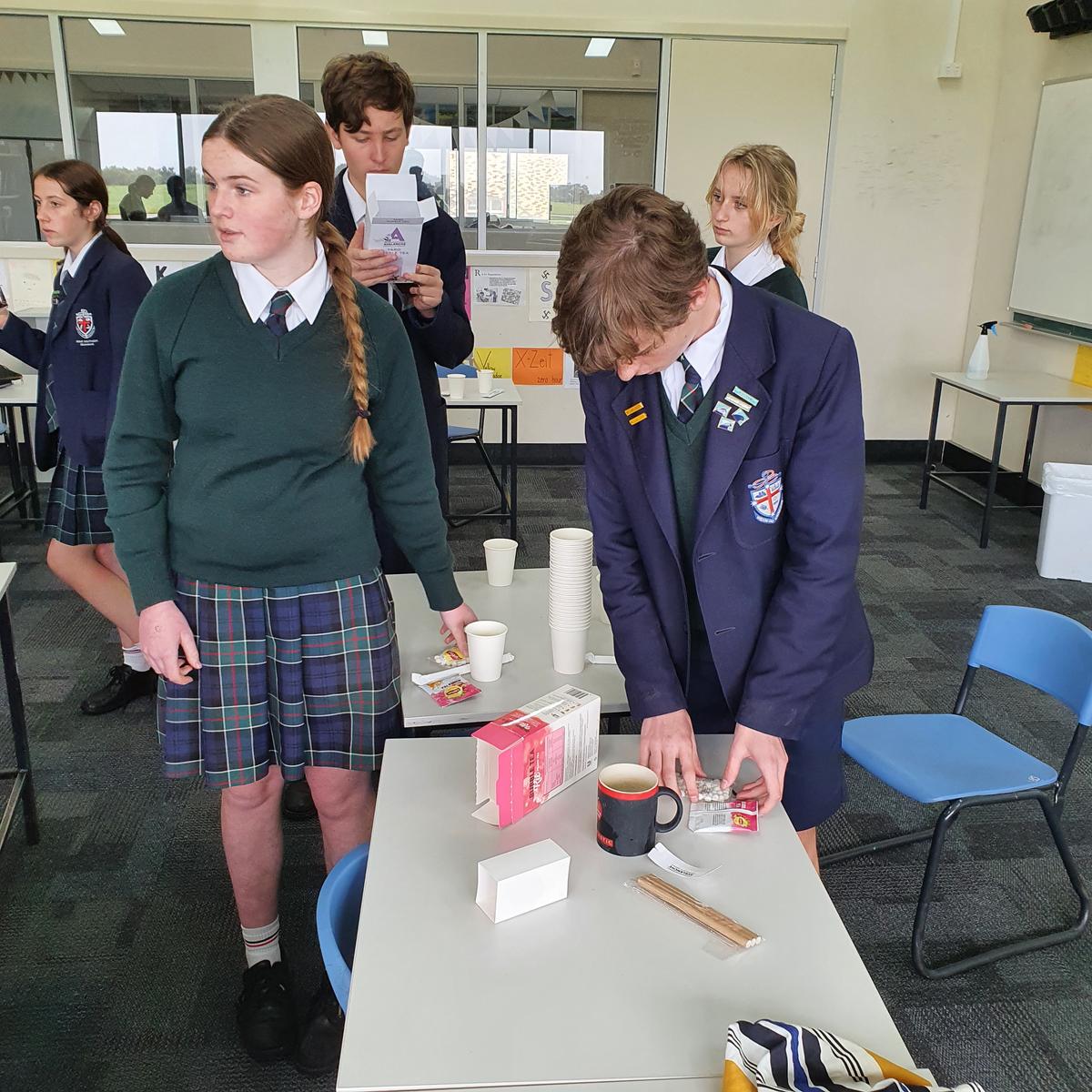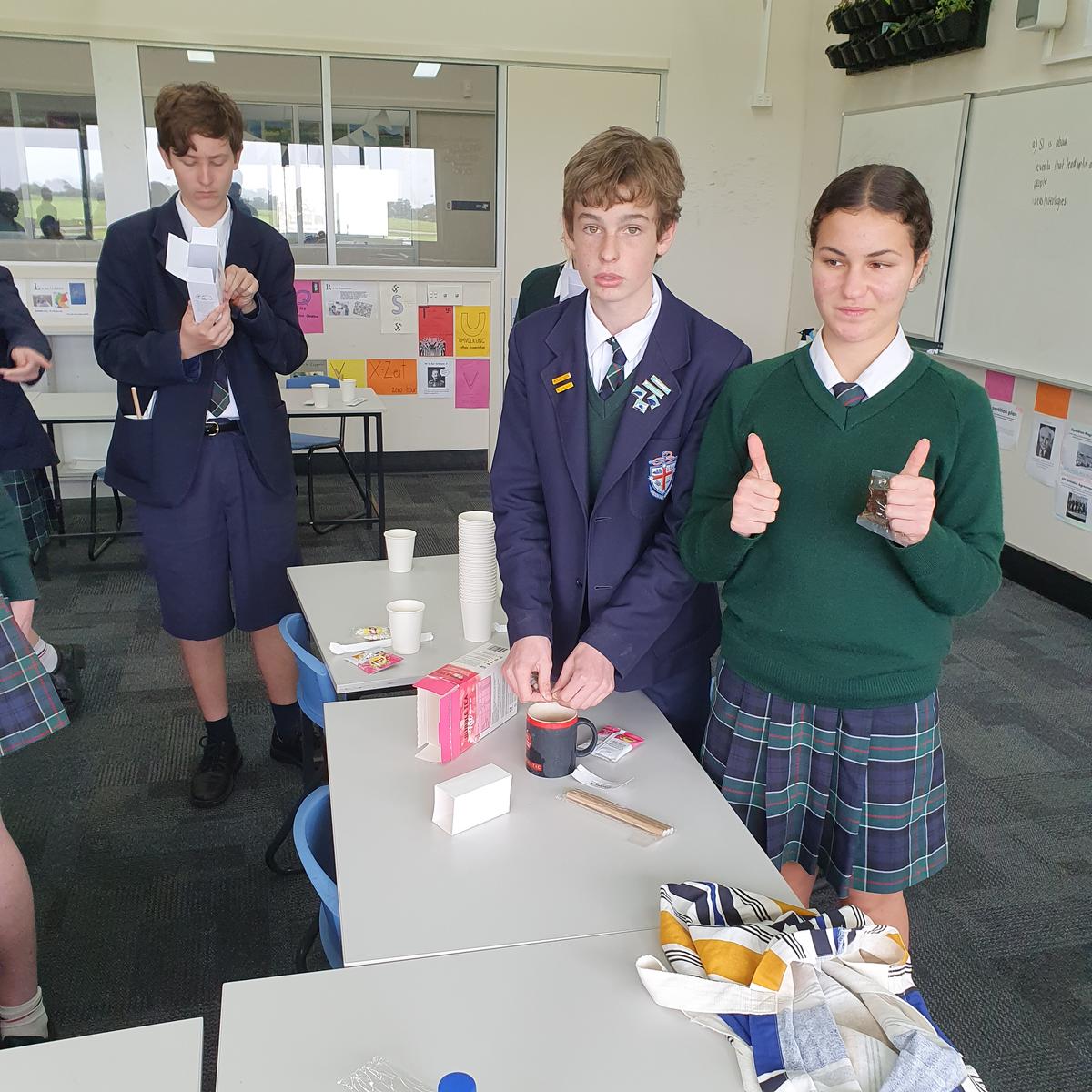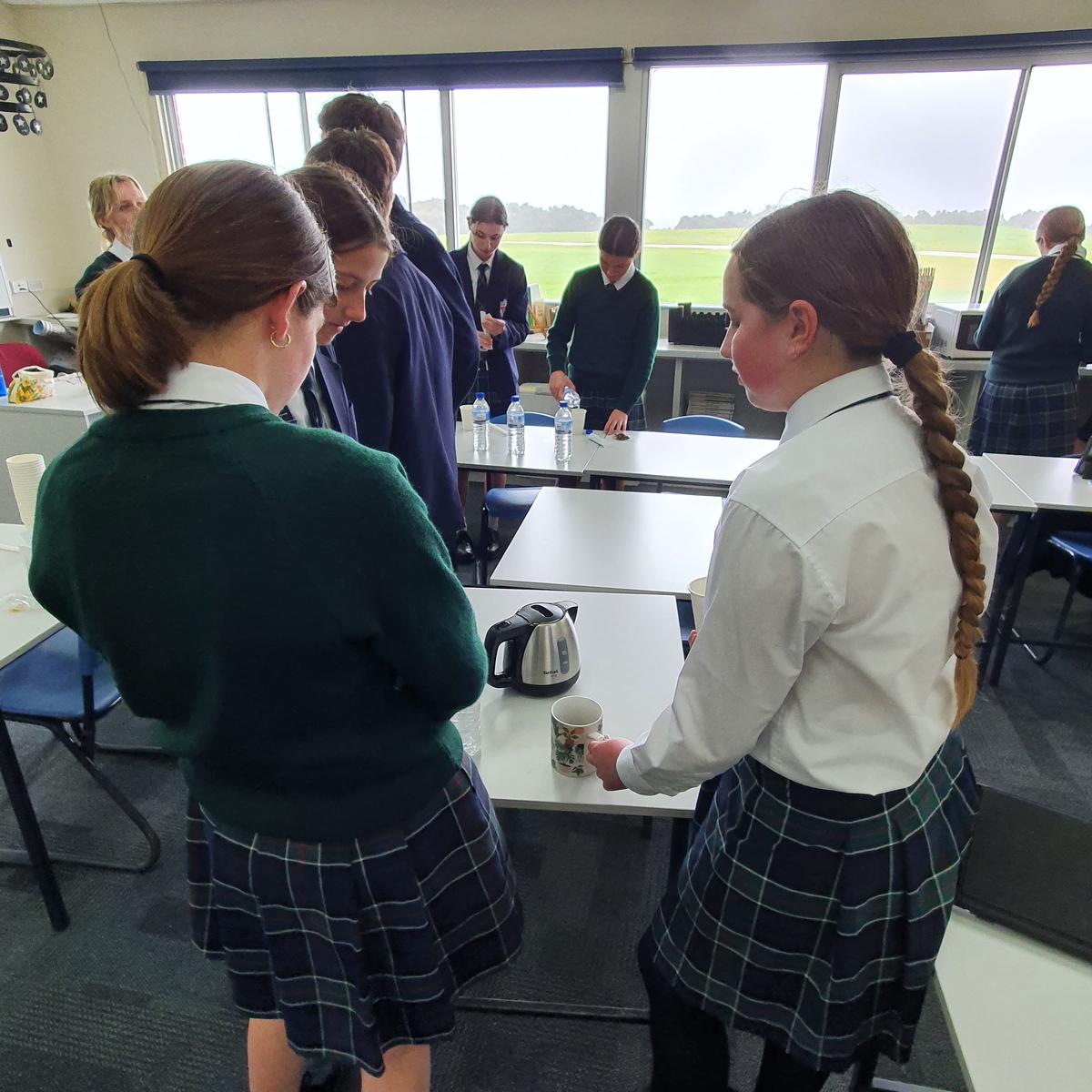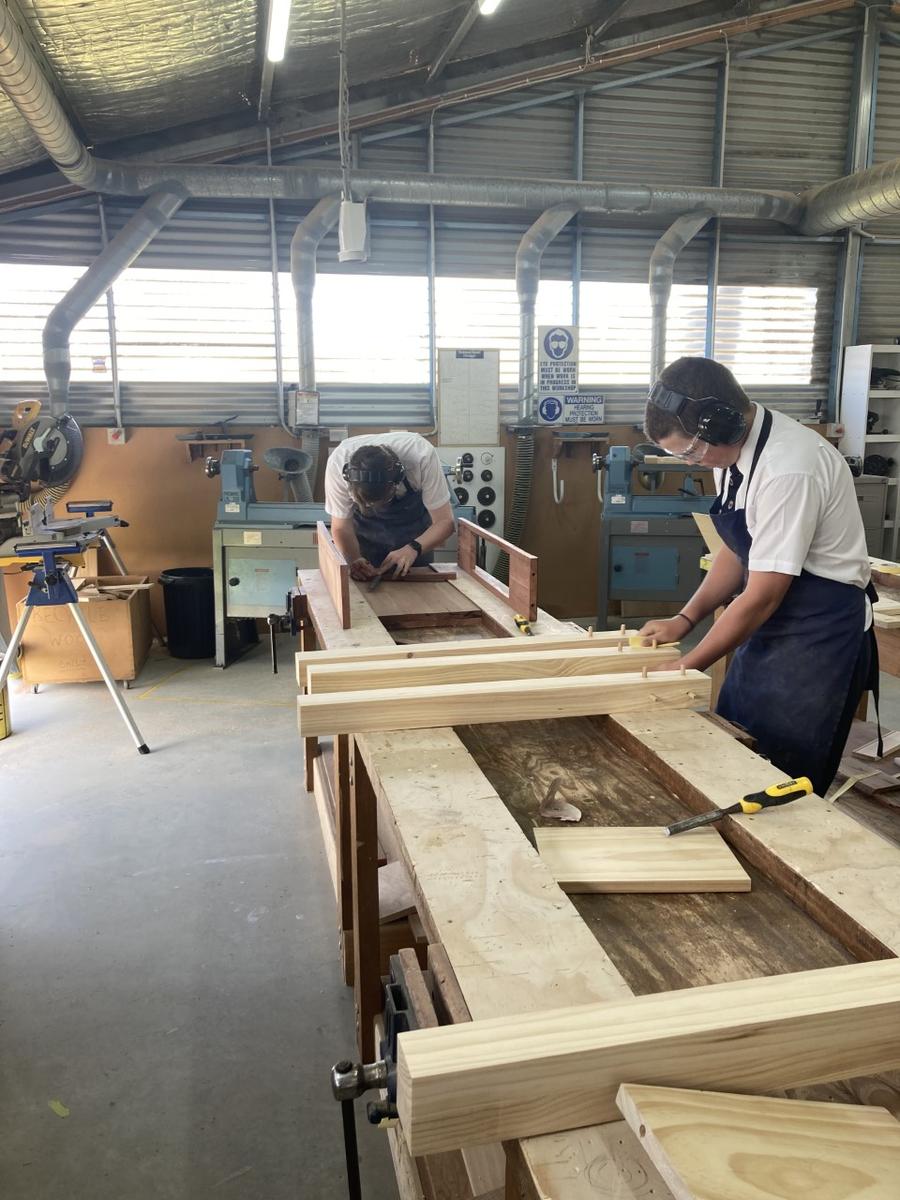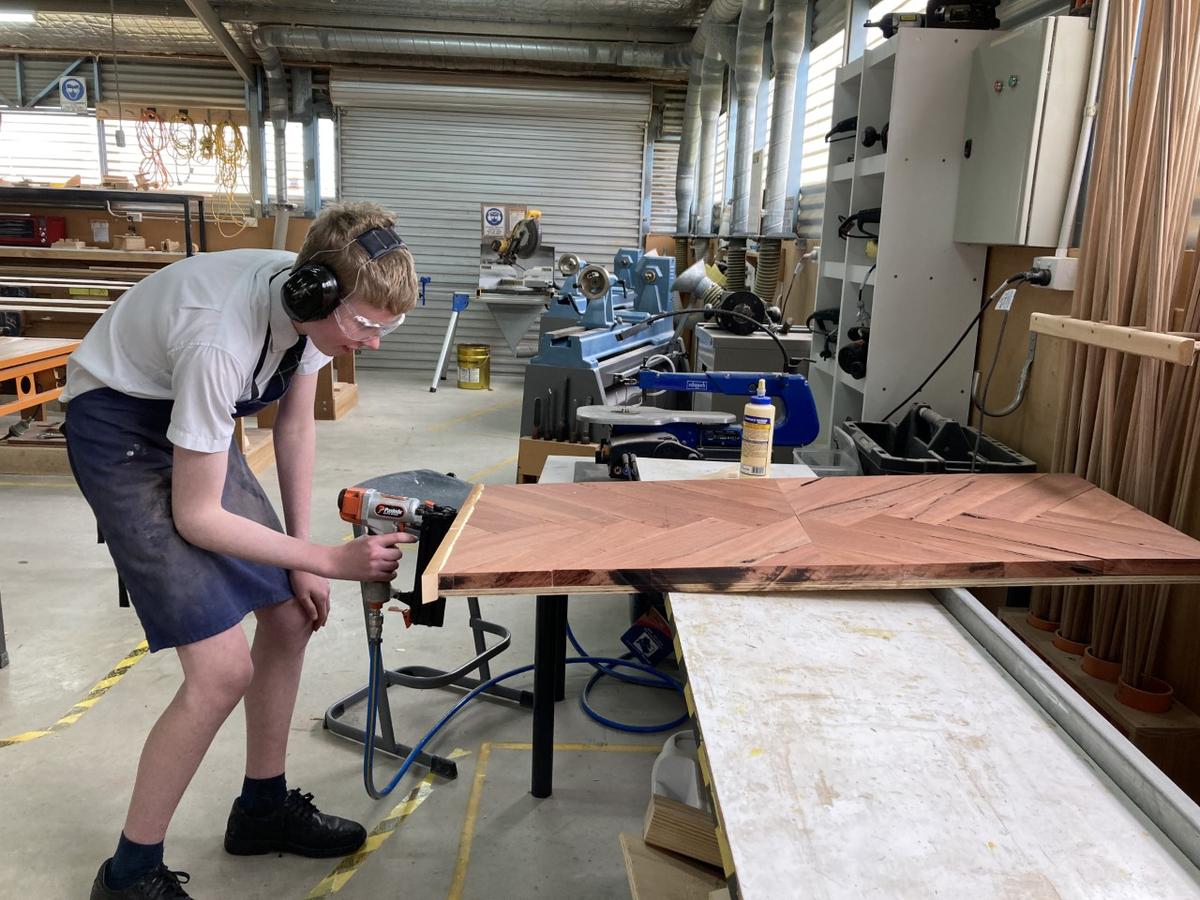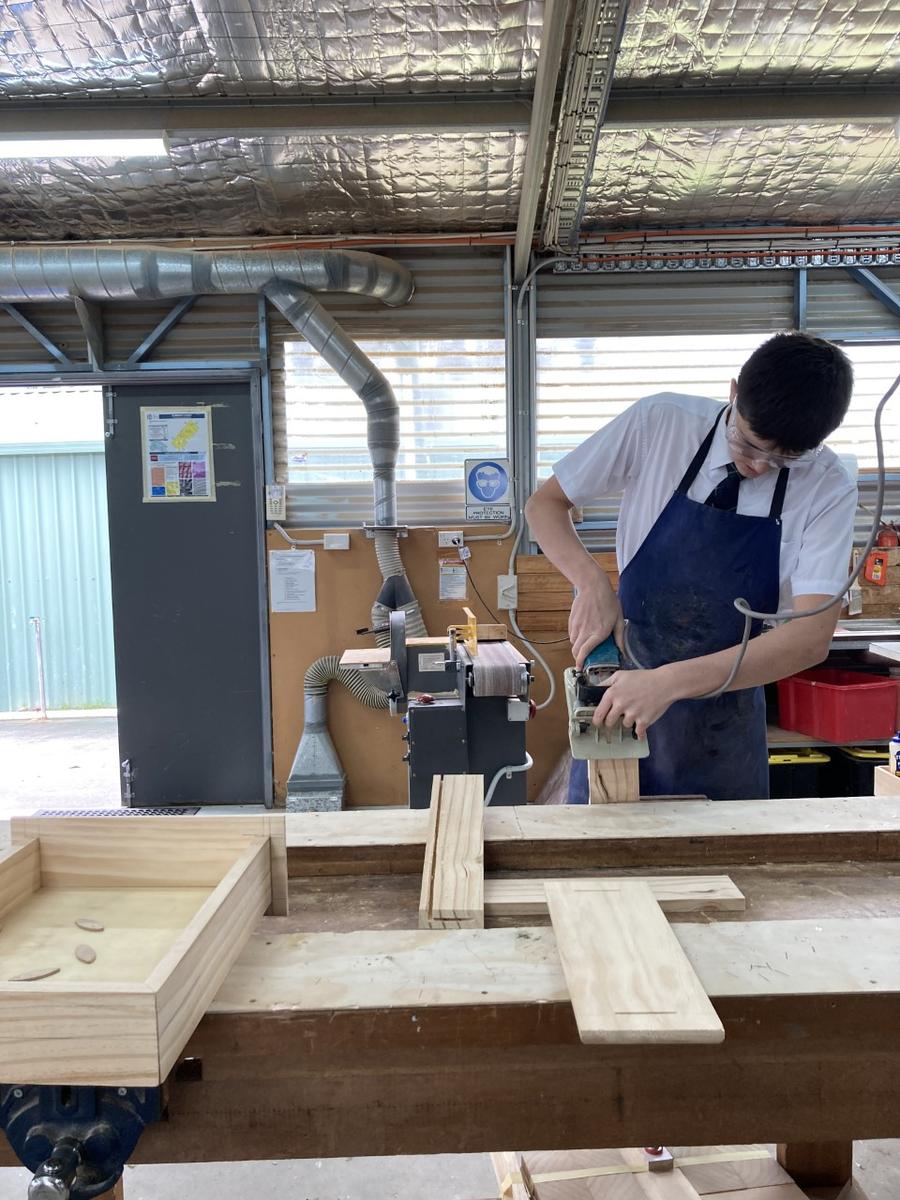Technologies News
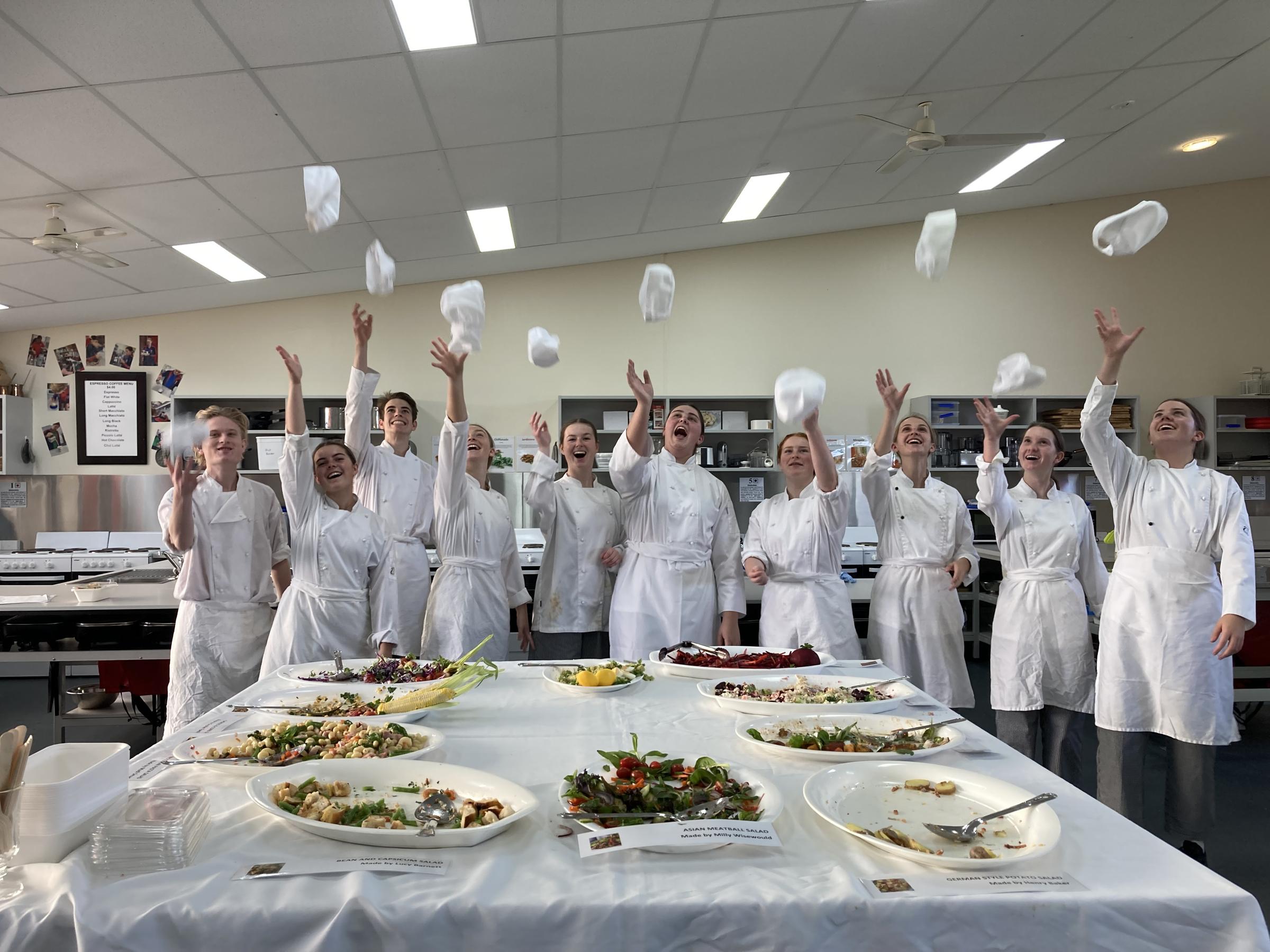
Digital Technologies
Years Seven and Eight Digital Technologies classes are buzzing along to the finish line of Term Four. In Year Eight, building a game in MakeCode has kept our students busy coding their way through the different levels and scenarios they have created. Students are demonstrating a coding mindset as they apply resilience to squash their coding bugs, ironing them out to make functioning programs. With quite a few interruptions to class time this term, they are now working on a modified program, which will culminate in a cross-class collaborative review to play and celebrate their games made.
In Year Seven, this week we begin our final project for the year, “Health Tech”. This is a brand-new unit of work and focuses on understanding how technologies can empower health, as well as improve it. Many of our students wear health related technologies like the Apple Watch and Fitbit. We understand that these provide many benefits to the wearer, including gathering useful data and analytics about their health. Our Health Tech program begins with an investigation to understand what the main health issues impacting Australians currently are (cardiovascular disease, dementia etc.).
Then students learn more about how the government develops technologies to assist with the management and prevention of these issues and other wellbeing focuses.
Next, we employ the design thinking model to understand more about a particular issue, one that students are intrinsically motivated to learn more about. In groups, they will iterate solutions using technologies to mitigate these issues, culminating in the building of a prototype that is coded to receive an input (e.g.: heart rate), process (e.g.: an algorithm to calculate BPM) and an output (e.g.: display the users heart rate).
We cannot wait to share their solutions with you; it’s going to be a very exciting finish!
Mr Kyal Rose | Digital Technologies Teacher
Hospitality
Year Seven
Healthy snacks that are quick and easy to make at home contain quality carbohydrates that provide long-lasting energy to fuel our brain and muscles, helping our students to maintain focus and concentration throughout the day. The Wilson group of students made several healthy snacks in the kitchen while learning to use a range of equipment, keeping in mind personal and equipment hygiene during food production.
Year Eight
Our superstar students designed healthy breakfasts last term that were produced and presented in Week One. Some delicious dishes were presented showcasing a number of production and cooking skills gained this semester. They’ve also been considering the power of advertising for fast food, have produced a range of healthy burger patties combined with a variety of bread types and fillings, and are currently following a design brief to create their own wholesome burger.
Year Nine
While the majority of the world’s population do not have access to clean drinking water, we are able to turn on the tap and drink safe water. Water is responsible for excreting waste from the body as urine and regulating body temperature – we all should consume six to eight glasses of water daily. Students had loads of fun designing mocktails high in water with hints of fruit and juice for flavour inspiration.
The nutrient protein in our diet to helps our body repair cells and make new ones and is a secondary source of energy. Students considered protein alternatives to meat from a sustainability perspective so used butter beans to make a spicy filling suitable in their homemade tortillas to make some funky tacos.
Year Ten
Italian foods are popular dishes with most Australians, with many of us often consuming pasta and pizza dishes. The students made one of Italy’s most famous dishes, bruschetta, then learnt how to make homemade pasta sheets. These sheets were turned into cannelloni filled with spinach and ricotta, then baked in a garlicky tomato sauce. Students are following a design brief called ‘Ways with Mince’ so they can appreciate economical, tasty meals which can be simply made at home compared to buying premade ones.
VET – Certificate 2 Hospitality
Congratulations to our wonderful group of Year Twelve students who all achieved the Certificate 2 Hospitality qualification. I wish them well in the future. Meanwhile, the Year Eleven students have been busy serving customers food and beverages at a range of functions, including the Year Twelve Boarders' Valedictory Dinner, the Valedictory Lunch, and at the Mocktail Party.
Mrs Teresa McAllister | Hospitality Teacher and Head of Technologies
STEAM
The Year Nine STEAM class have begun their mini unit on molecular gastronomy. Molecular gastronomy is the application of scientific principles to the understanding and development of food preparation. To begin the unit, the class created bubble, or boba, tea. The scientific reasoning behind this is the process called starch gelatinization, that occurs when hot water is added to the starchy boba pearls.
The group will now decide upon their own recipes that represent scientific changes in food. They will present their work as either a podcast, You Tube video, recipe cards or blog post. While the gelatinization proved successful, the taste left a little to be desired. Feedback from the bubble tea creations included:
- It tastes like the vomit bean-boozled.
- Lipton tea plus tapioca pearls=tastes amazing.
- Peach one is good.
- It looks like fat baby fish.
- I don’t know if I should vomit or have more.
Ms Angelina Ross | STEAM Teacher and Acting Head of the Arts
Woodwork
This week's photos focus on the Design and Technology Woodwork Year Eleven programme. The students have all been working on their hall tables which is their final major product for the year.
In the first image, Darcy Barrett is working on the legs, inserting dowels for his hall table, while Daniel Fisher is working on the top frame and cut out for his drawer. In the second image, Thomas Nelson is applying a boarder to the outside of his herring bone pattern, hall tabletop. In the third image, Trenton Hams is using the biscuit cutter to cut holes for the biscuits in his drawer. This will then allow him to join and make a very strong joint on the corners of his drawer.
Mr Brodie Sarre | Design and Technology Woodwork Teacher, Senior School

